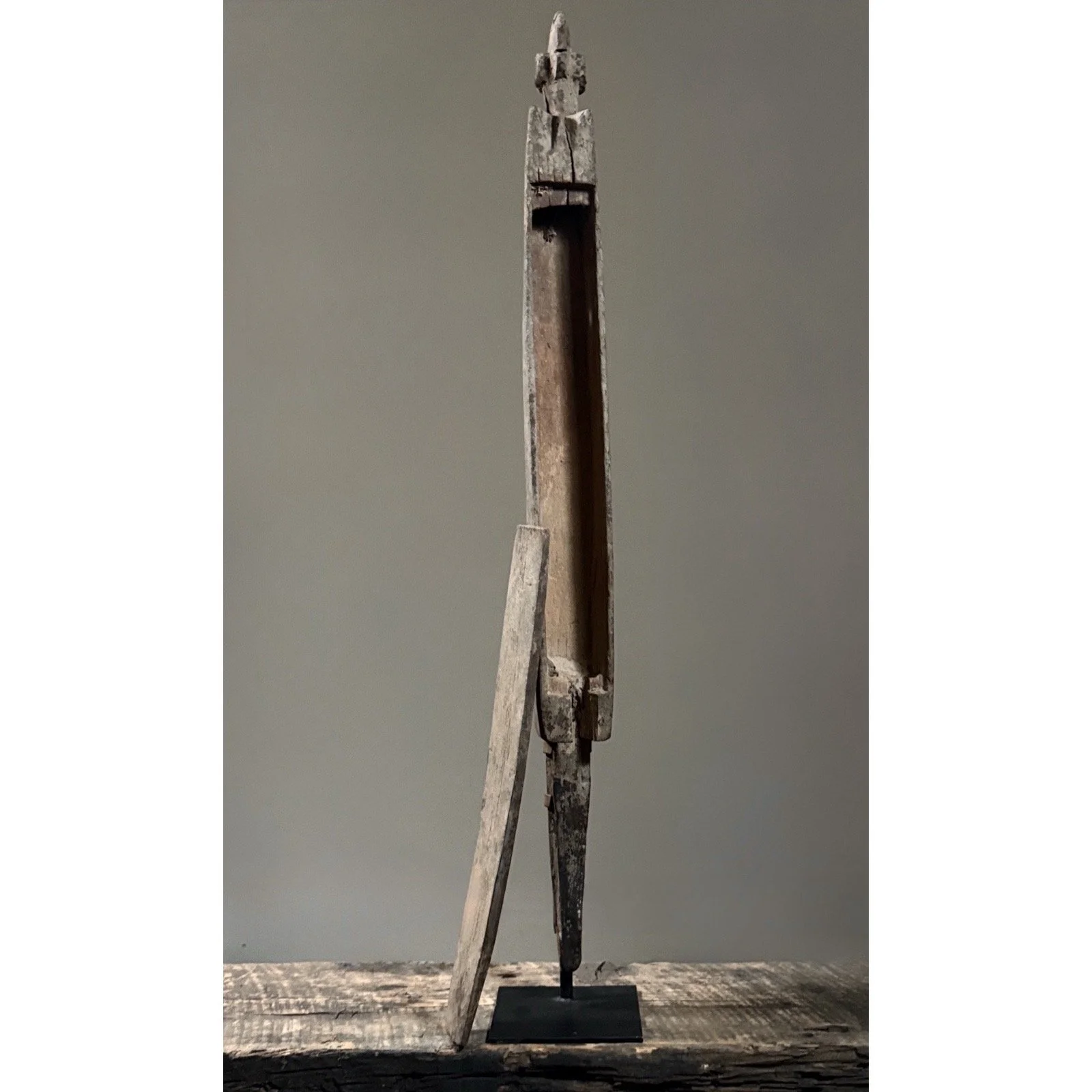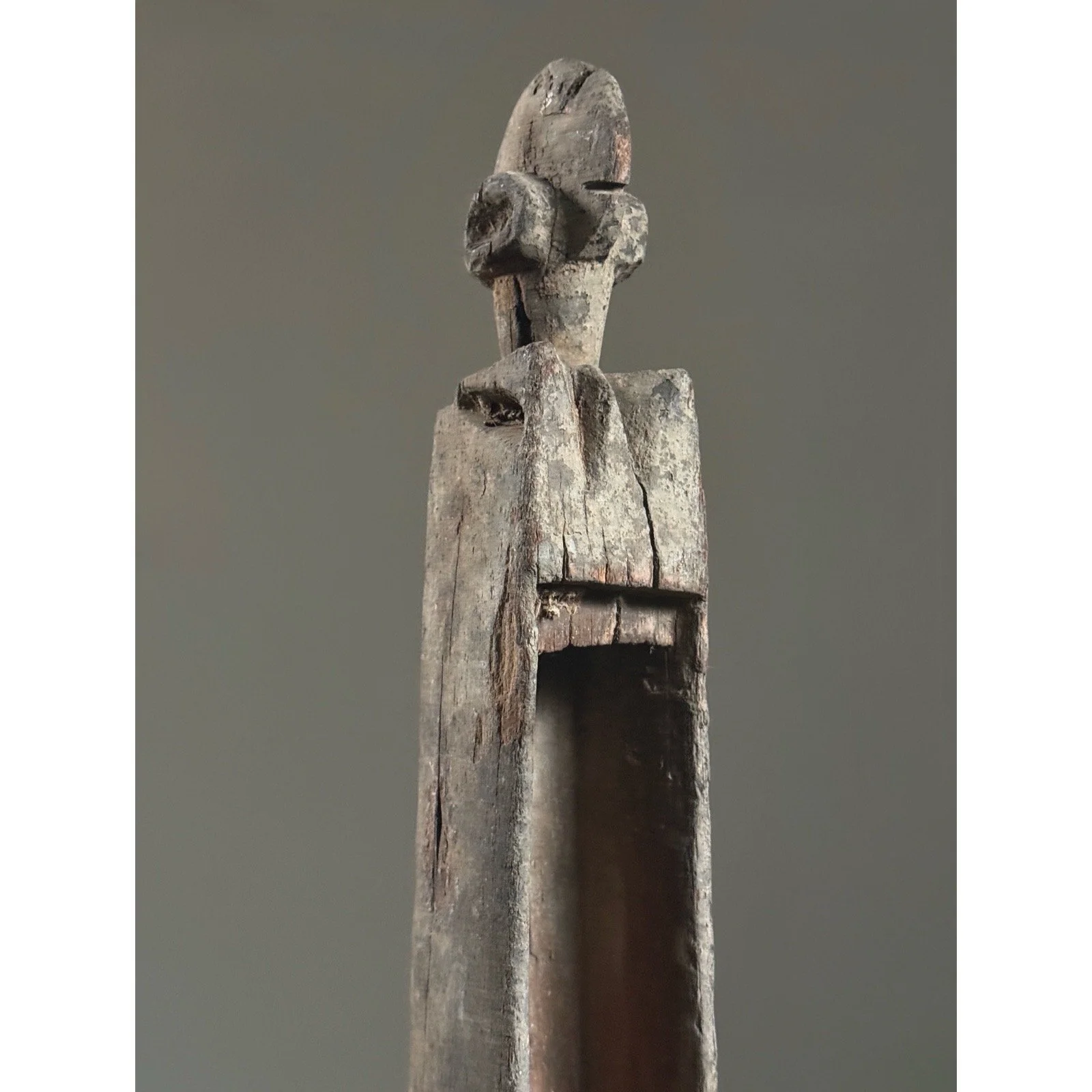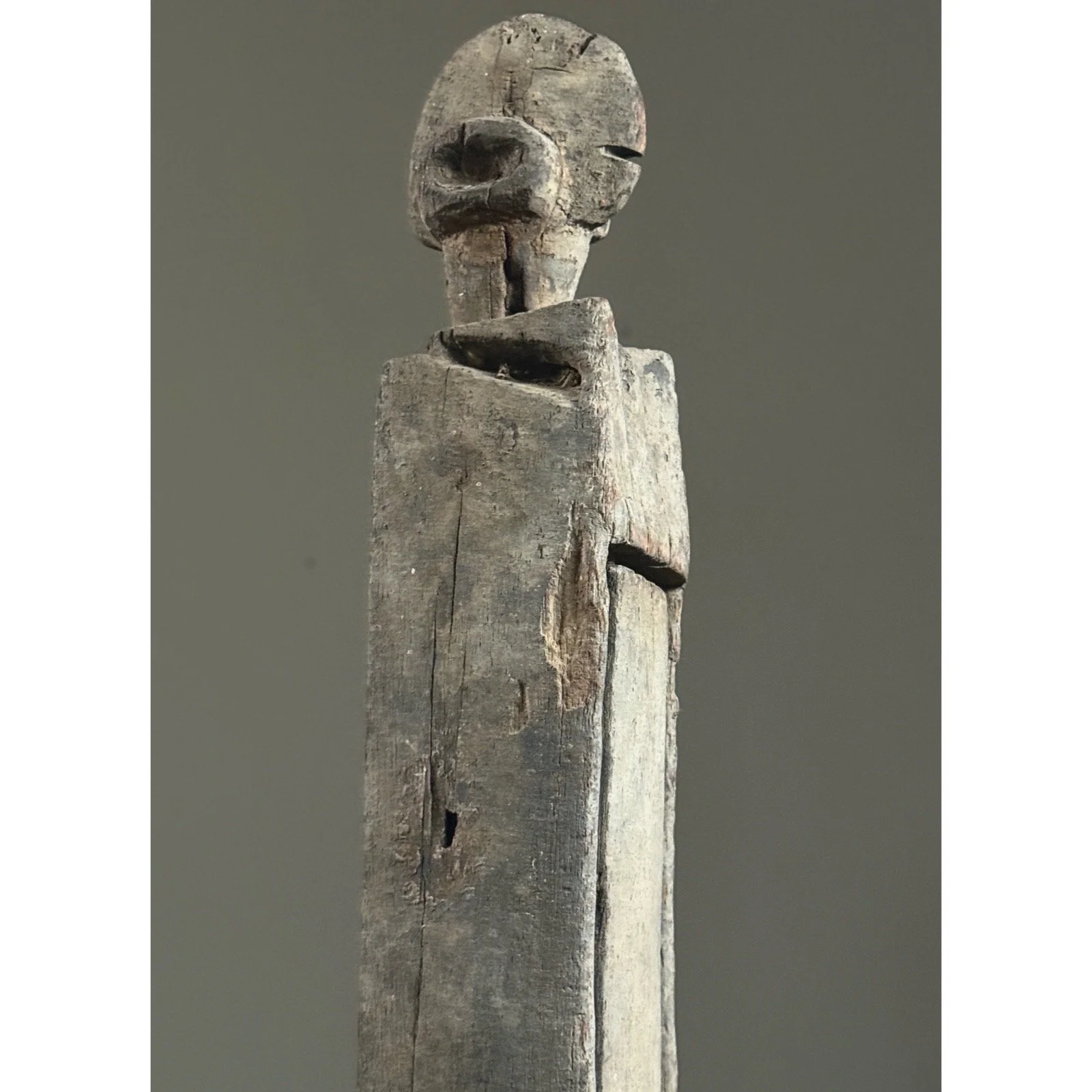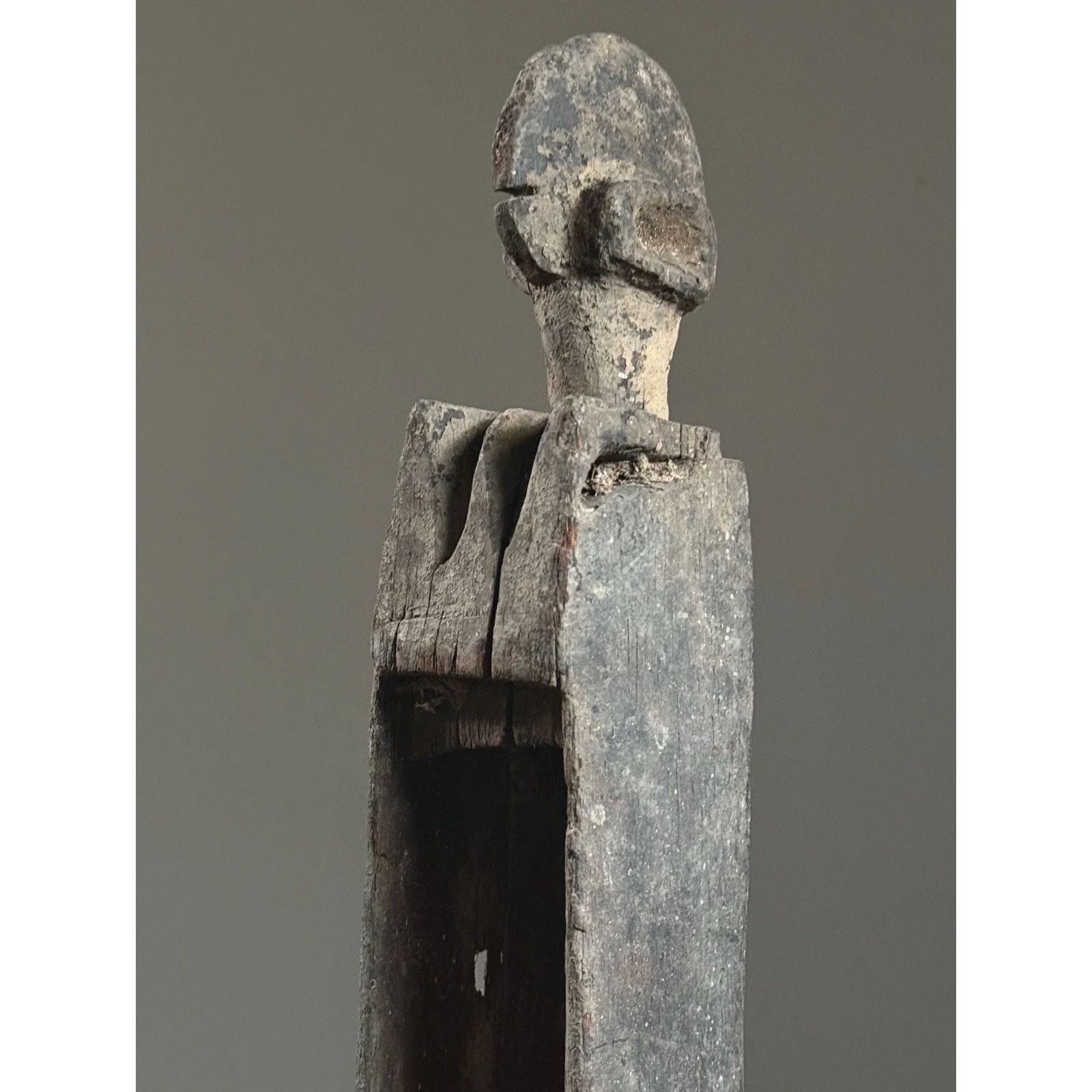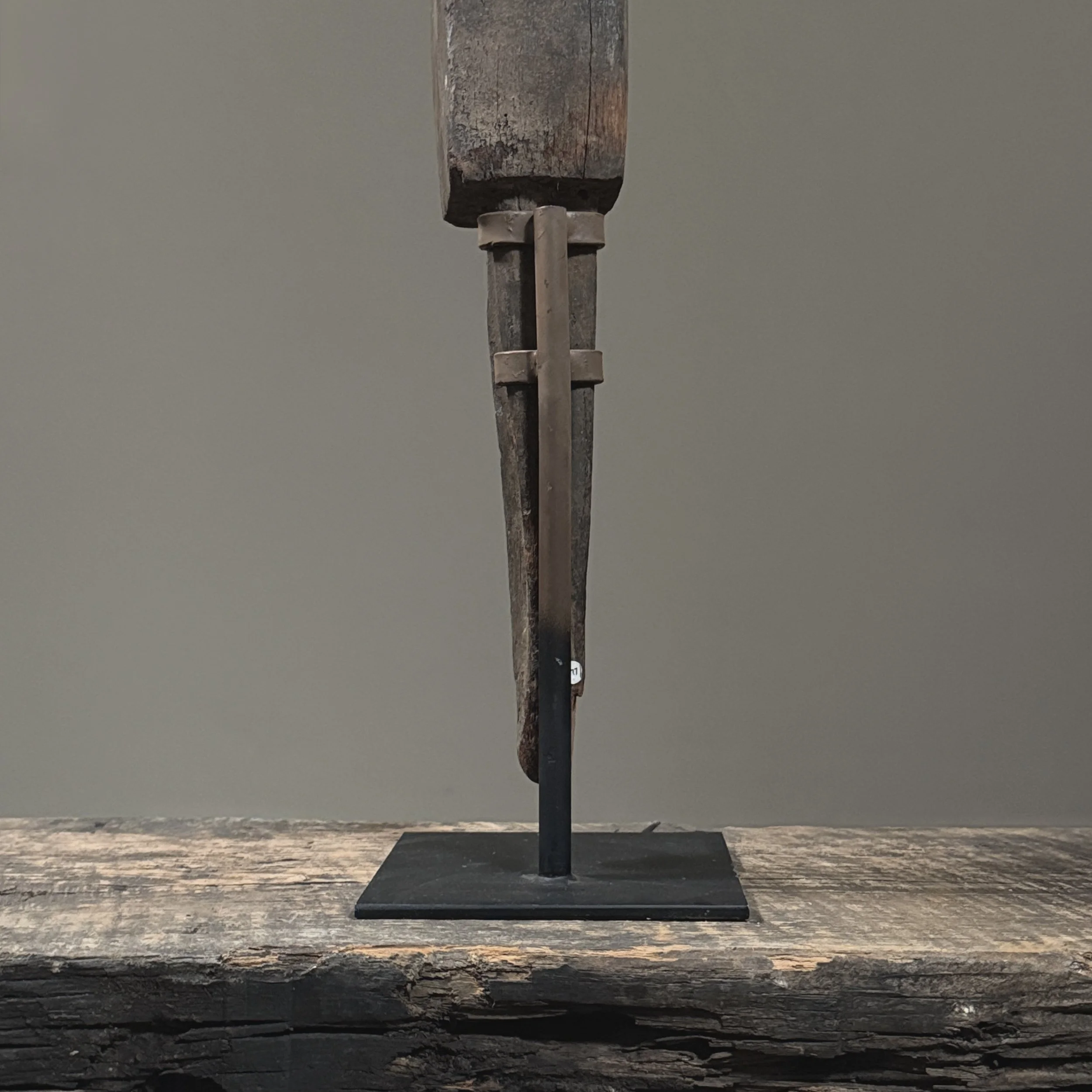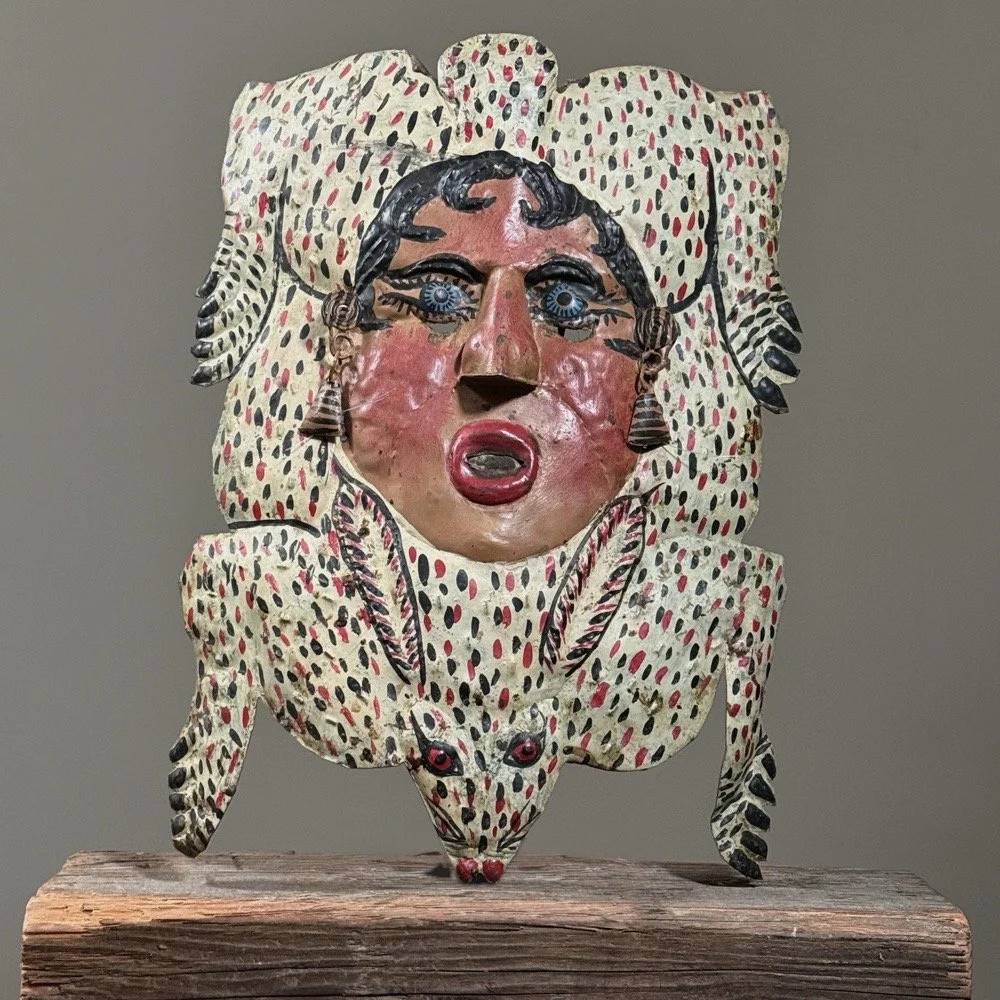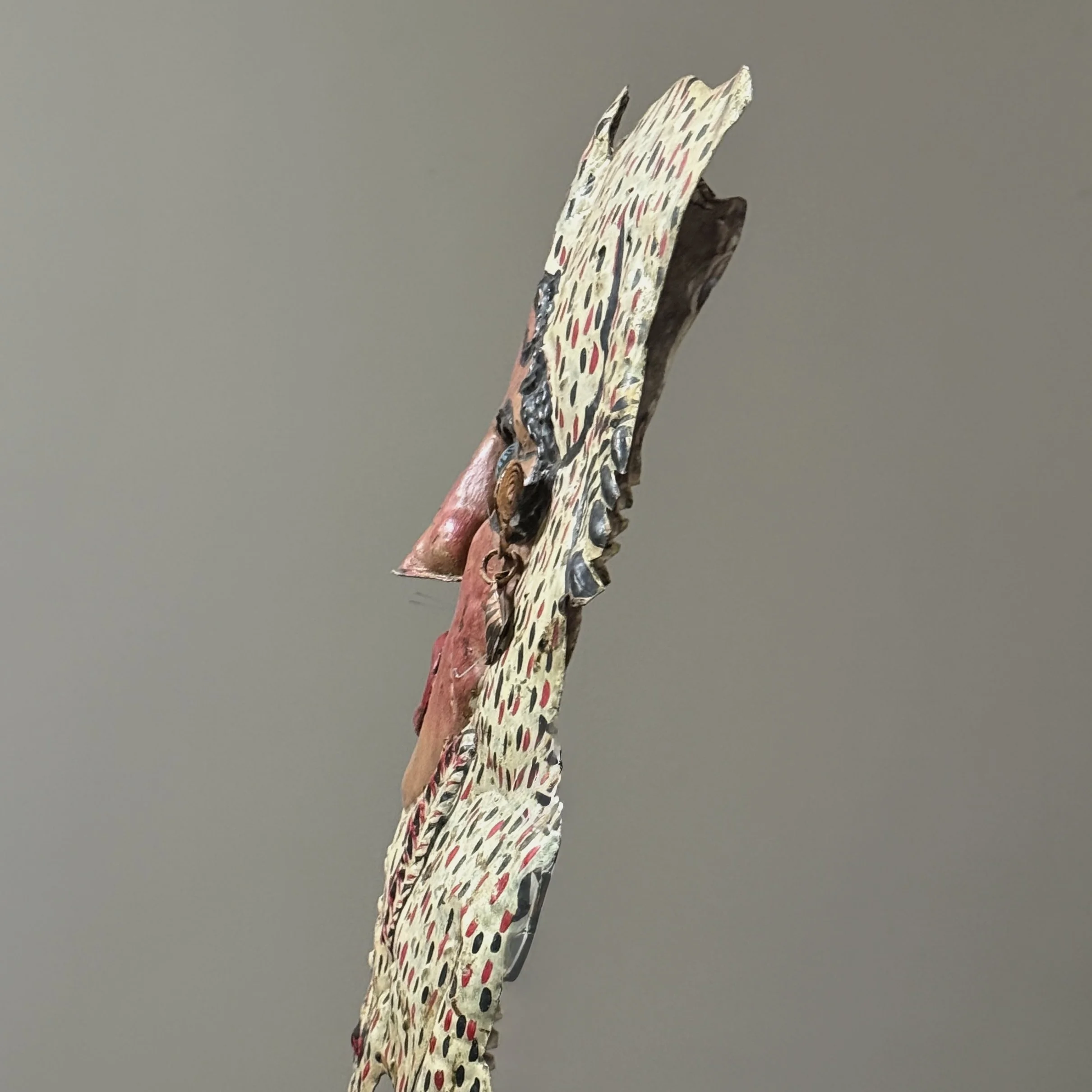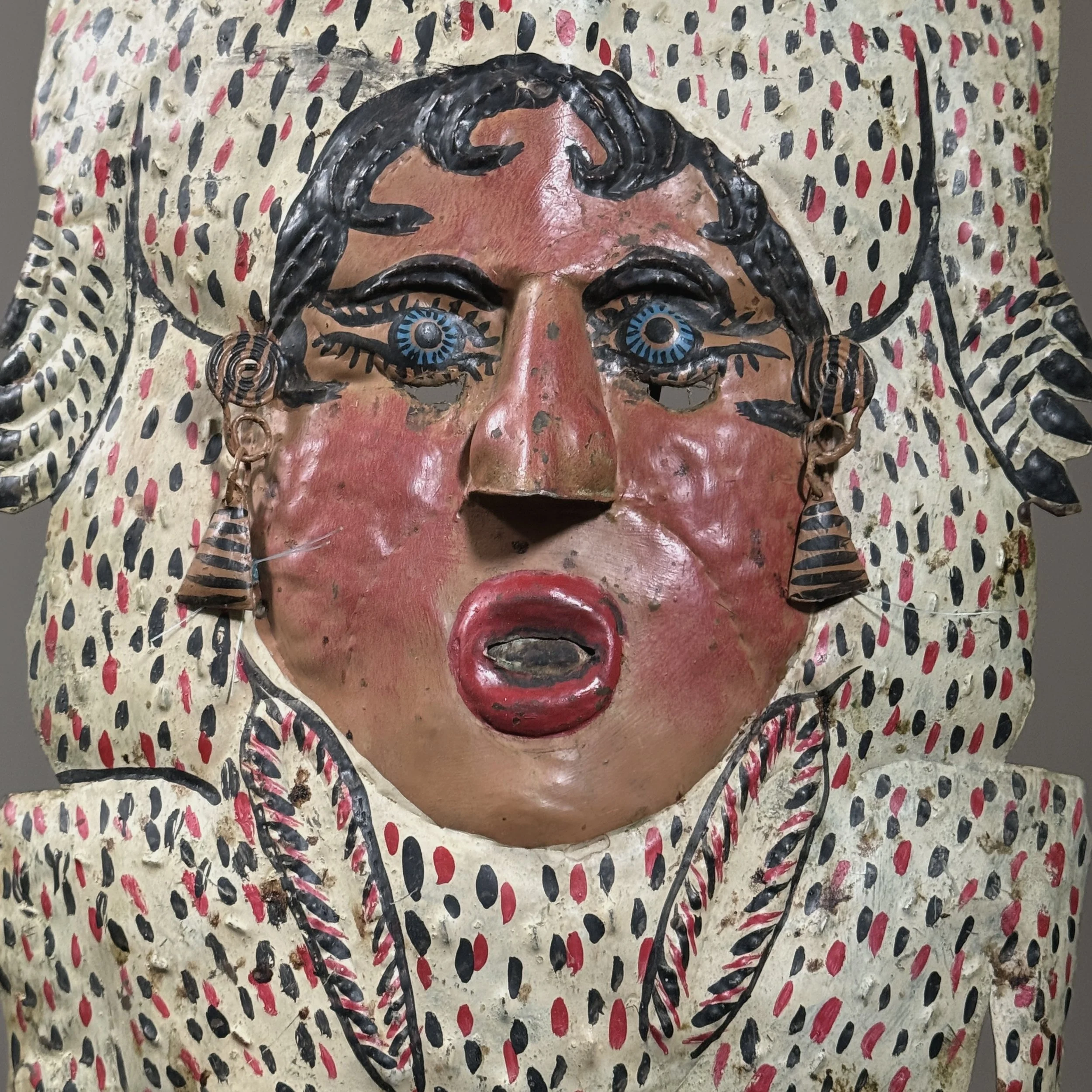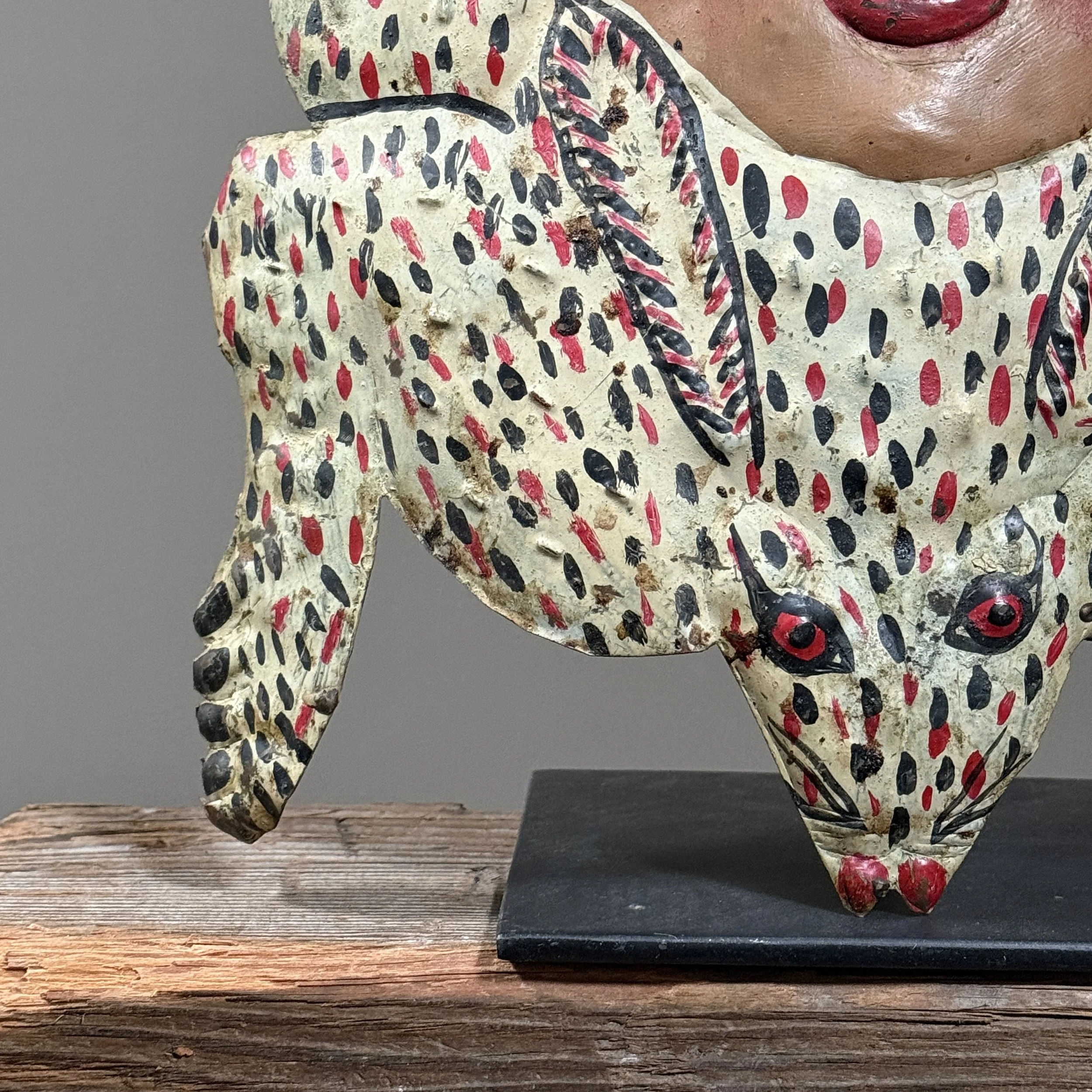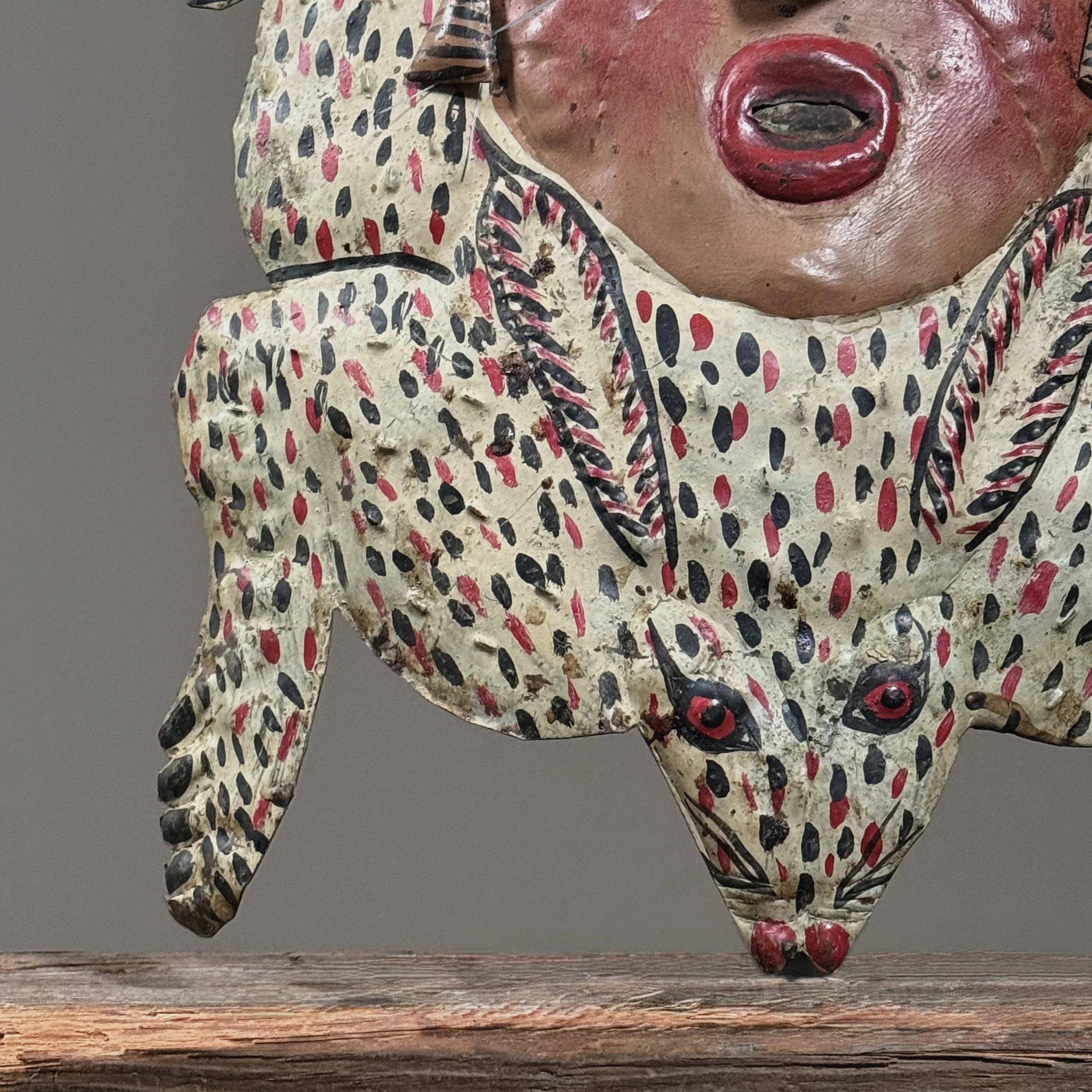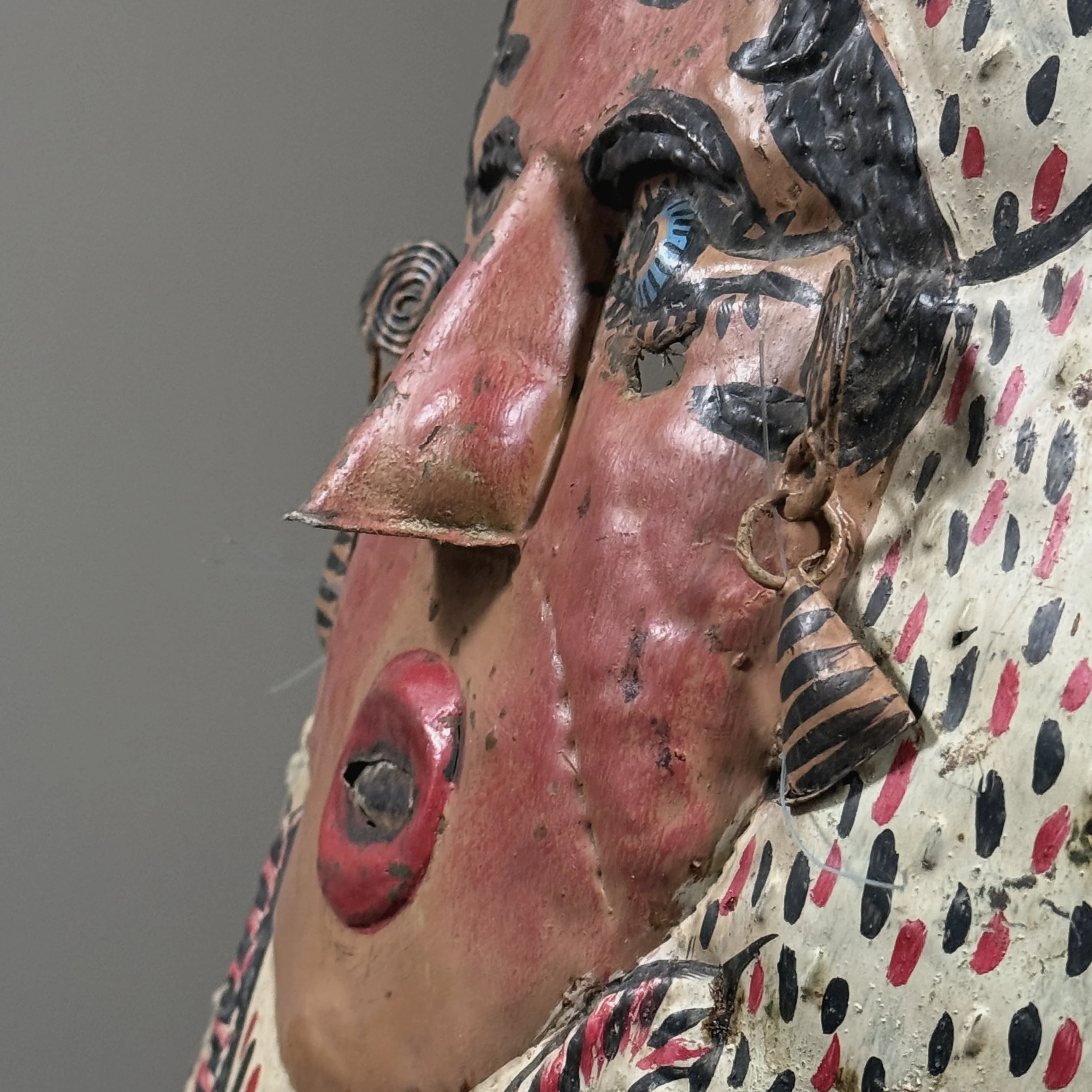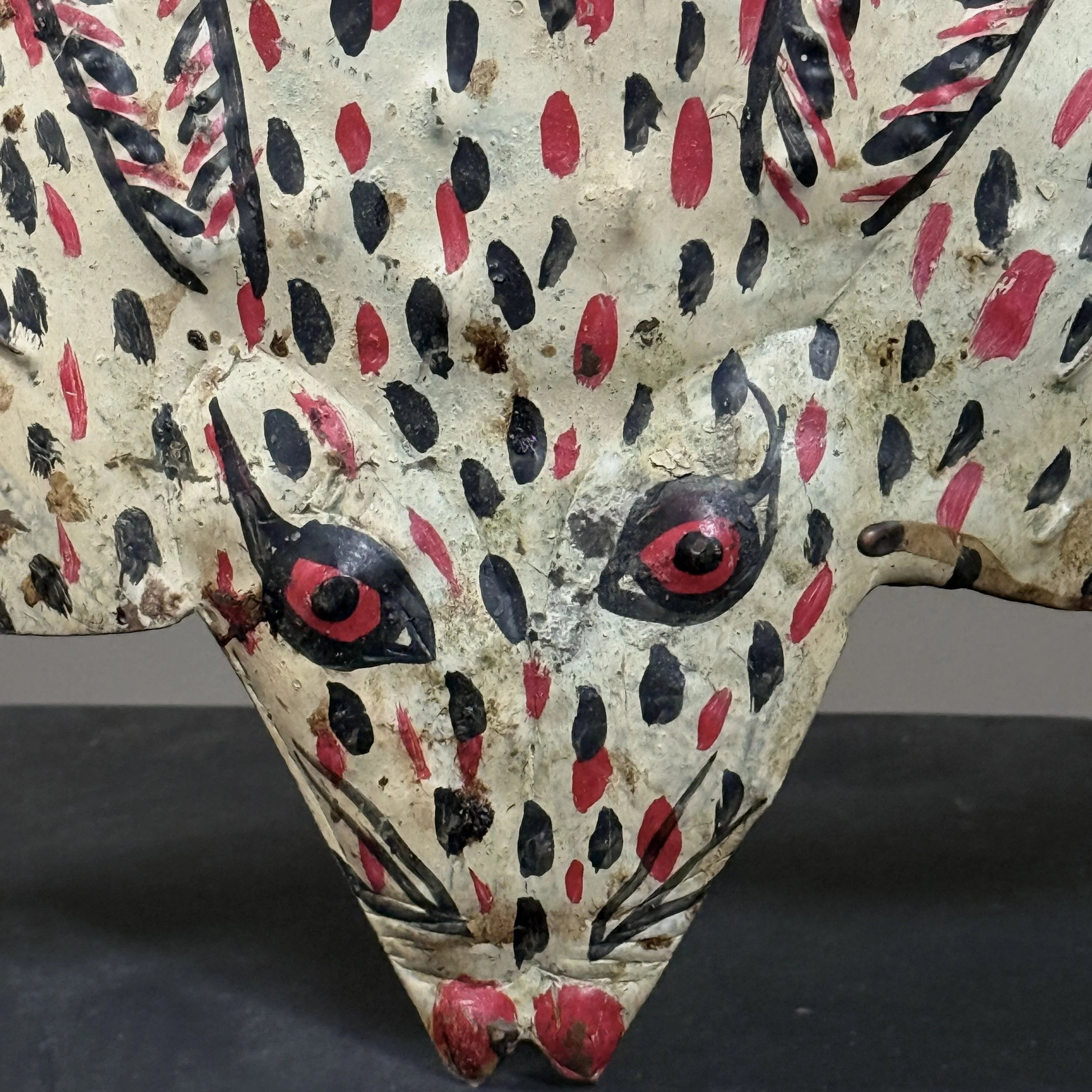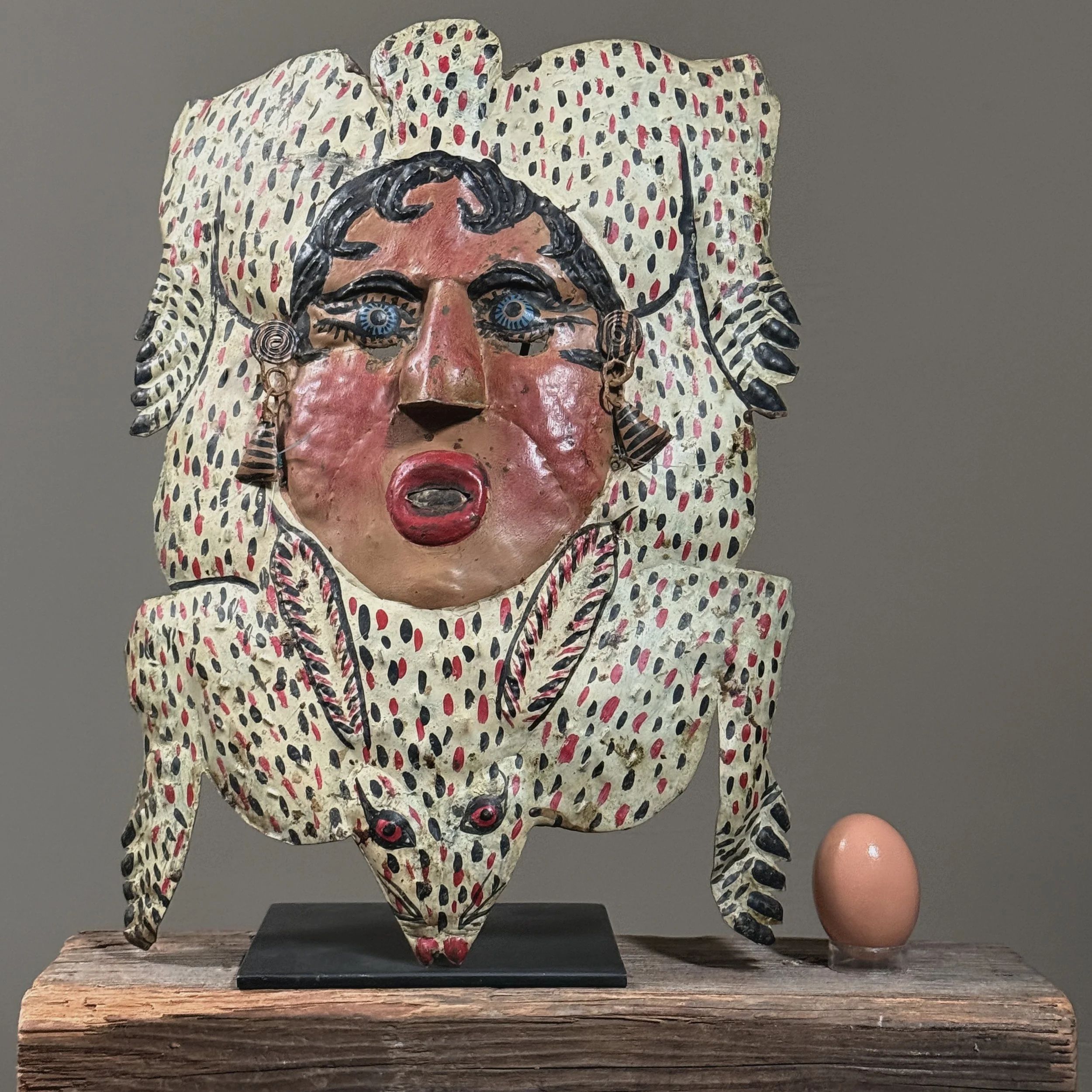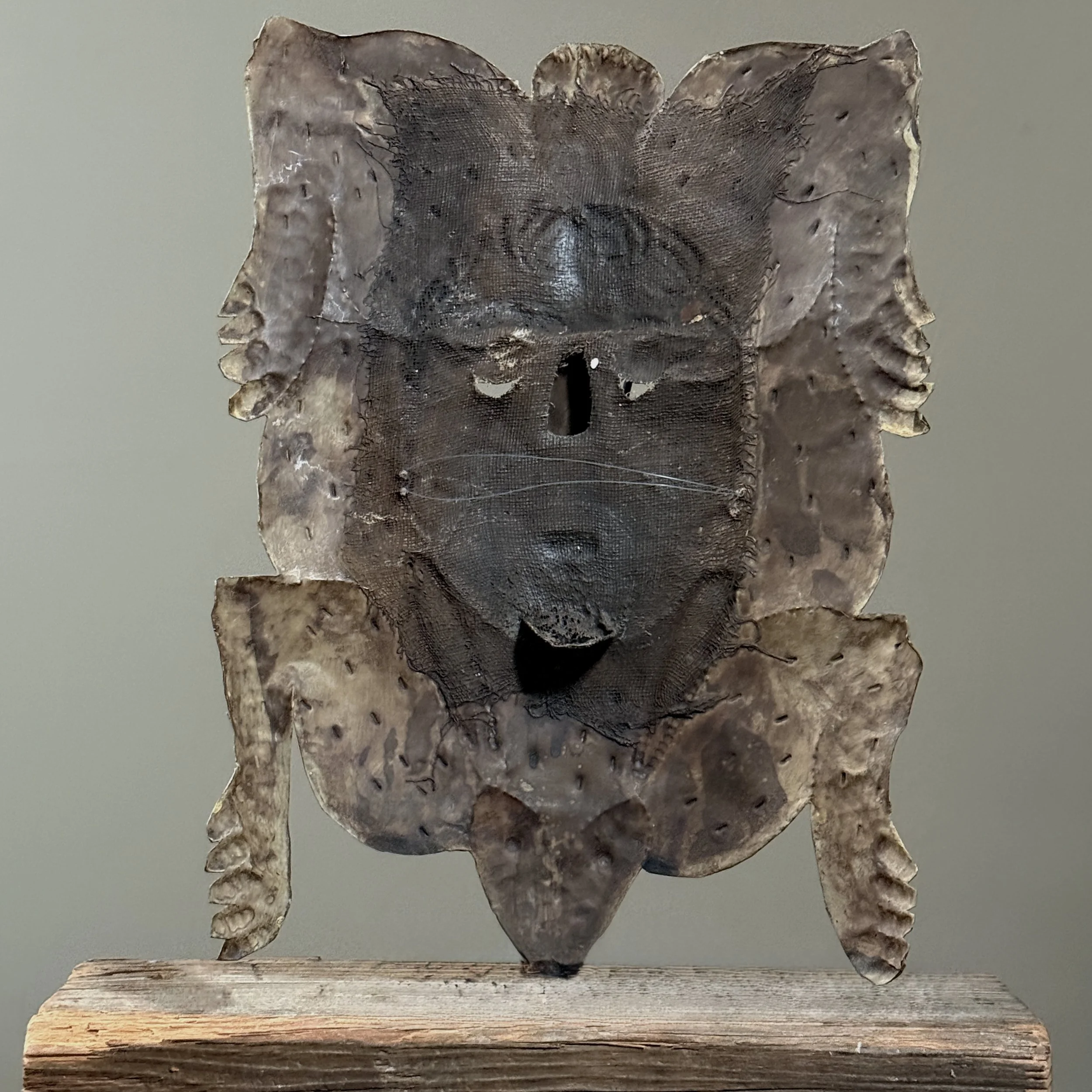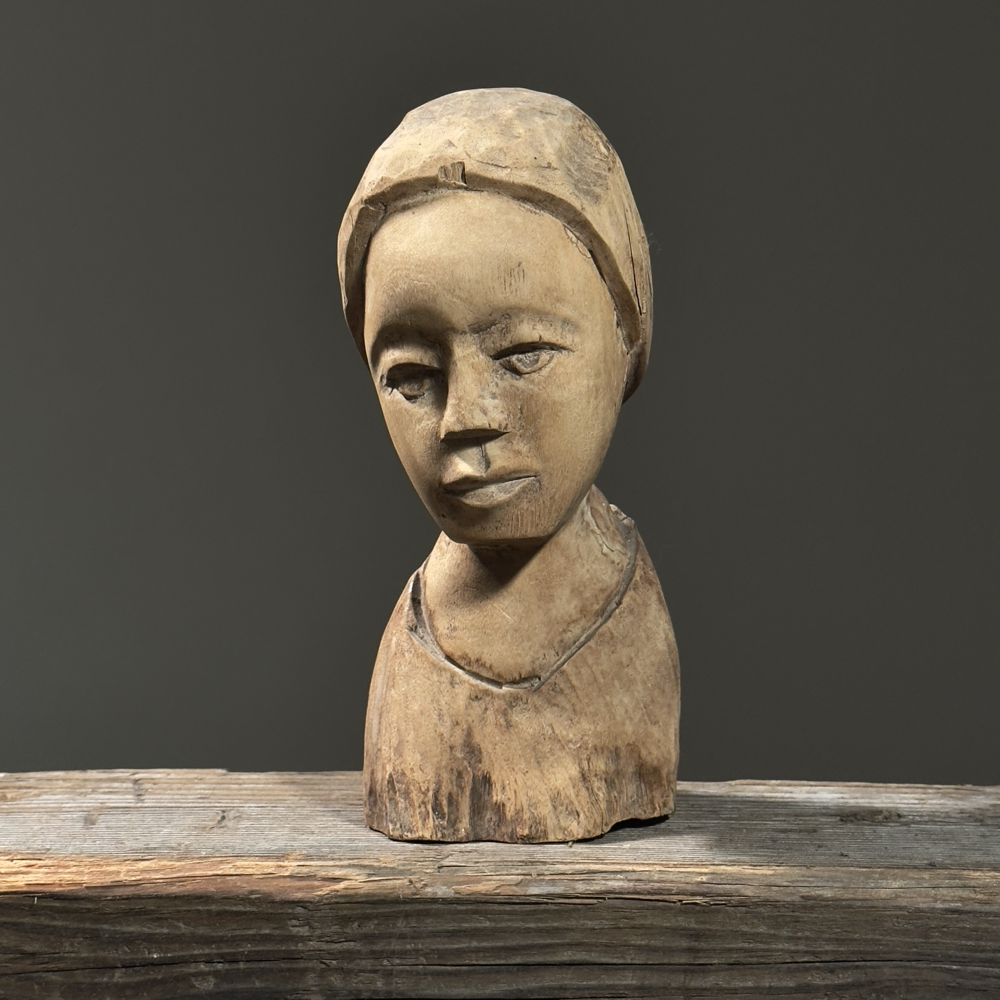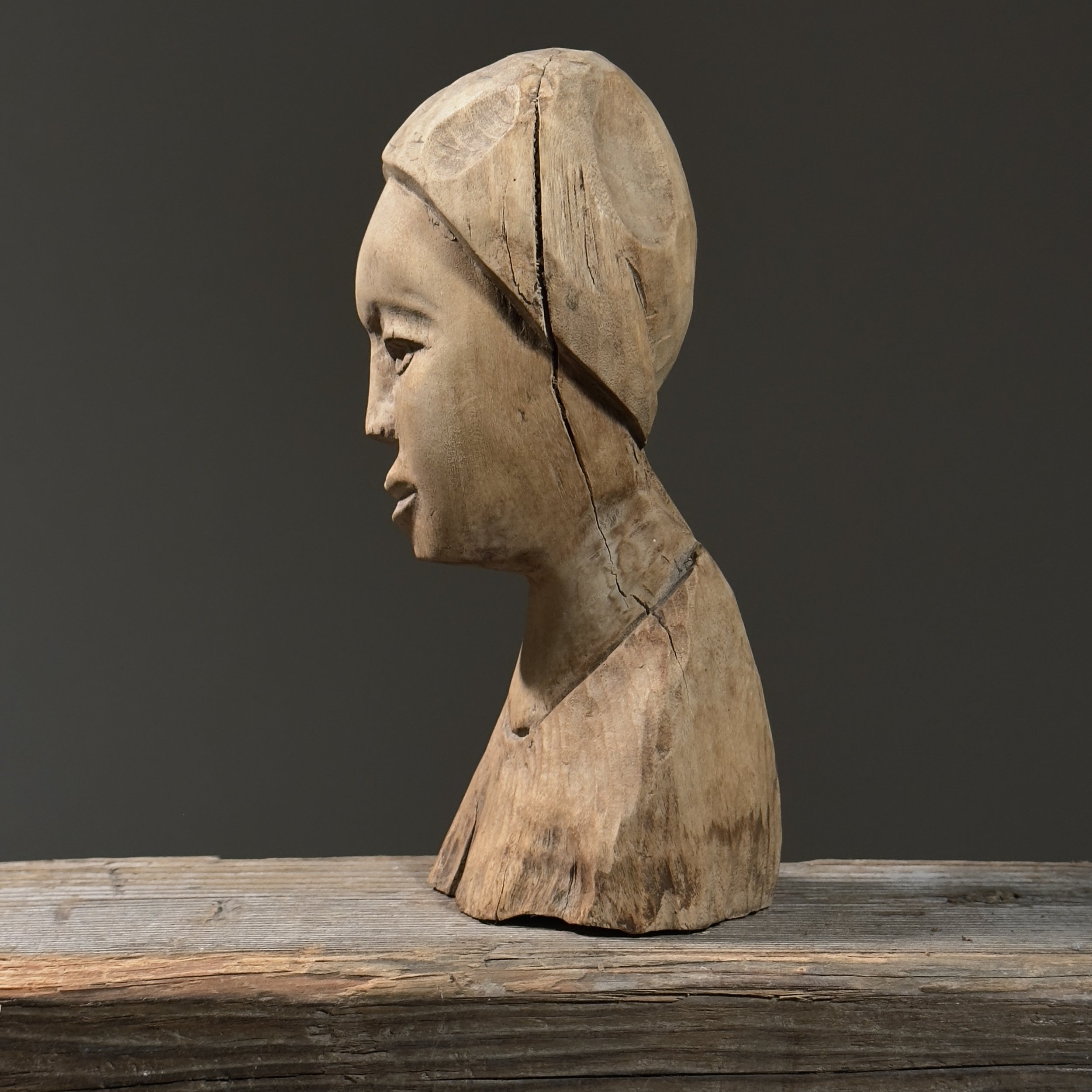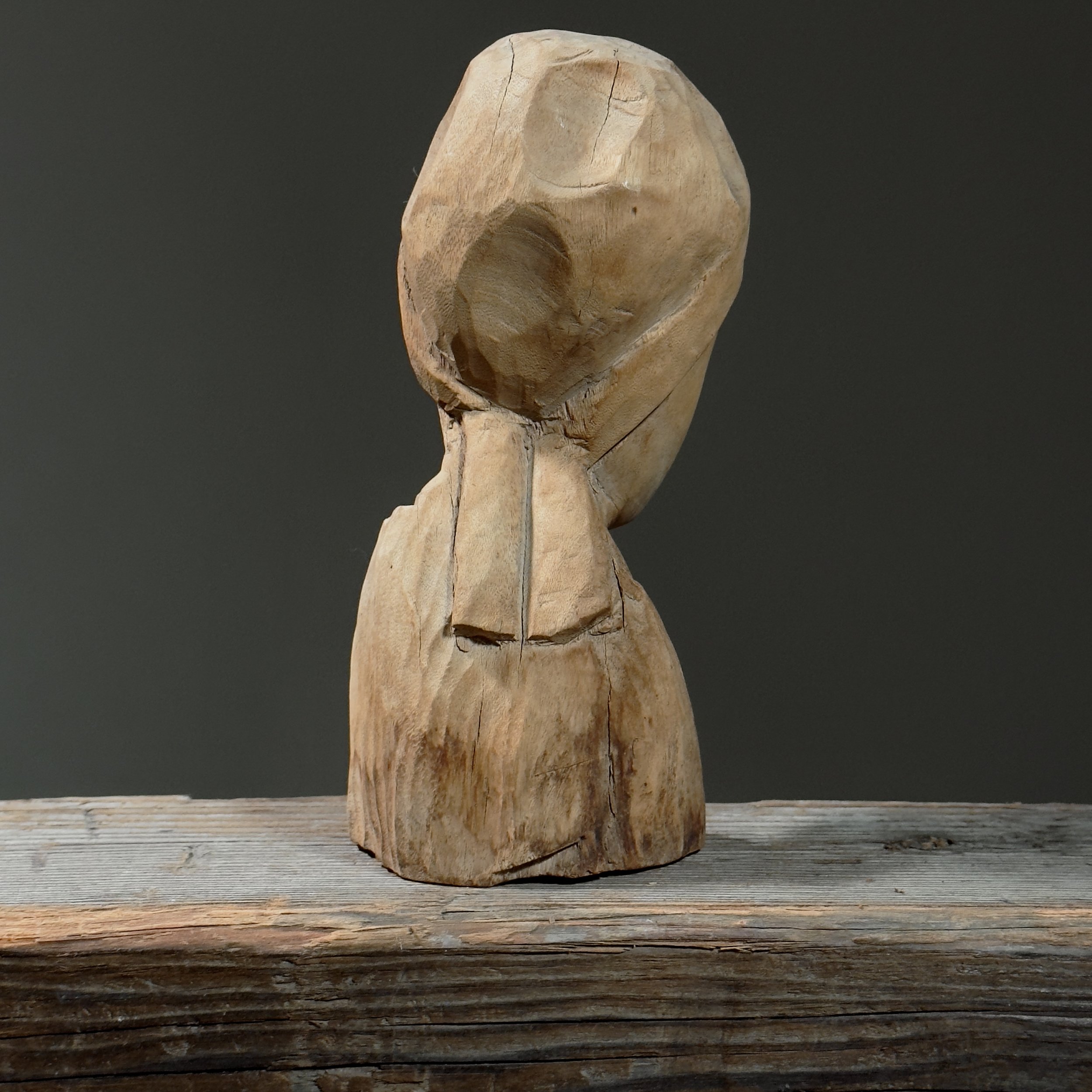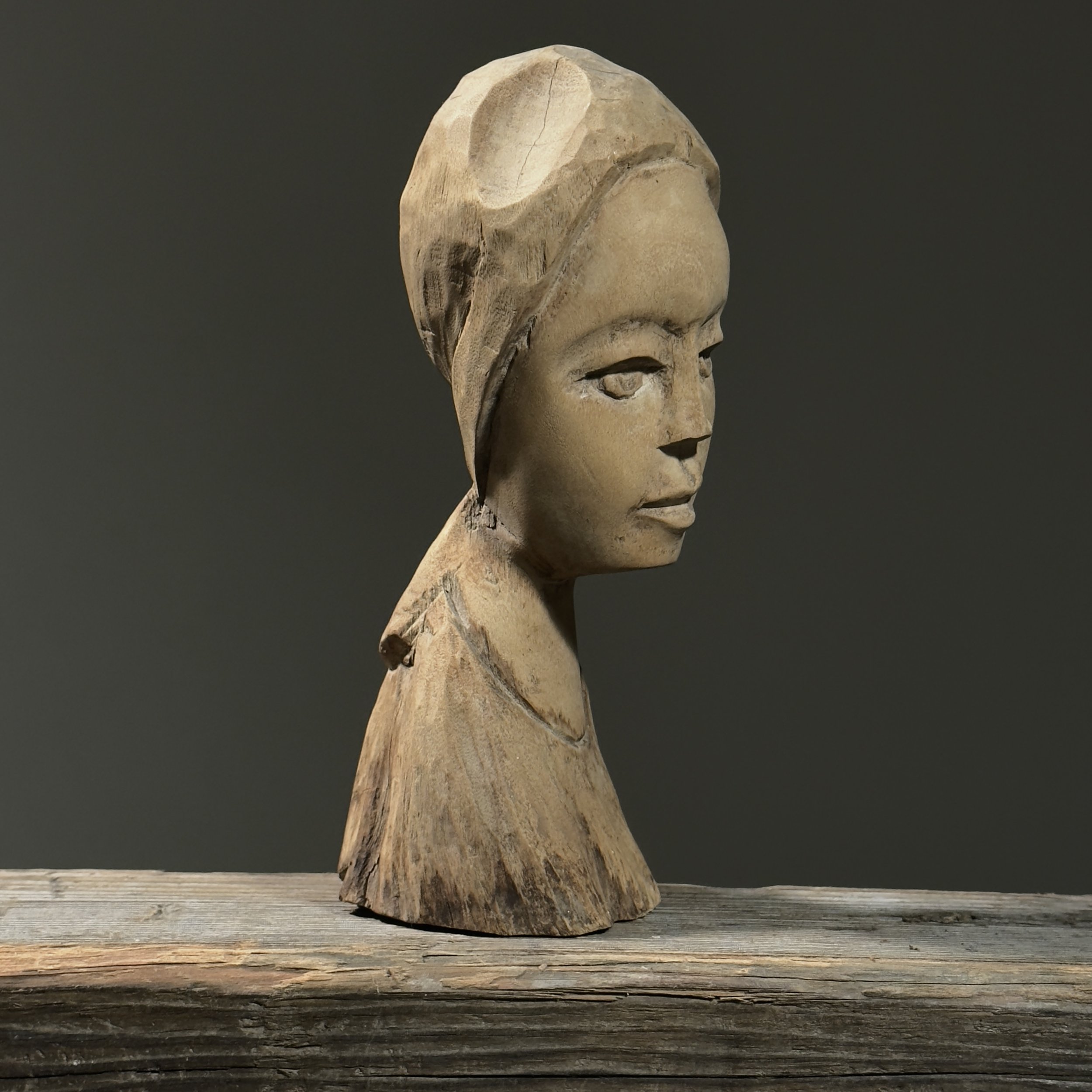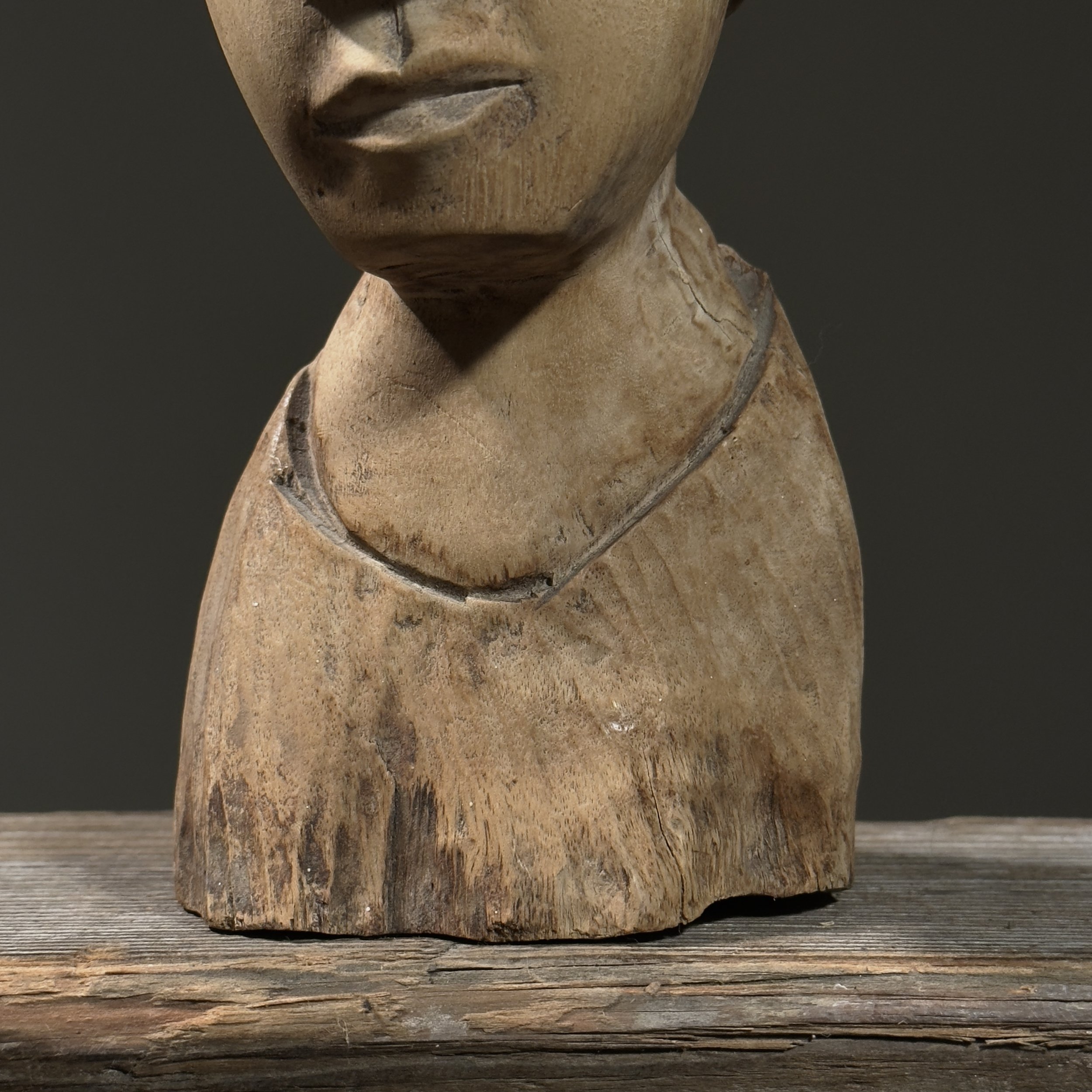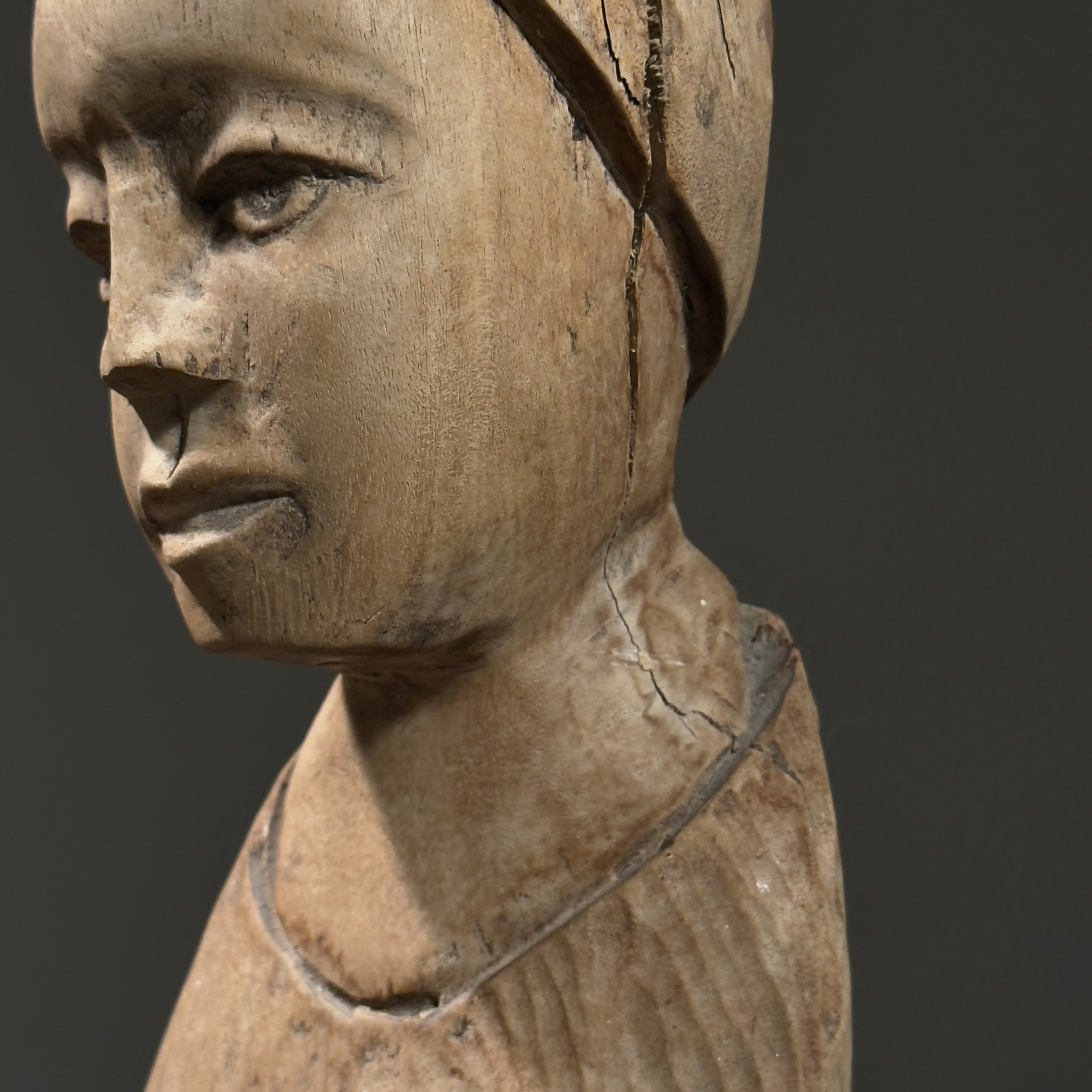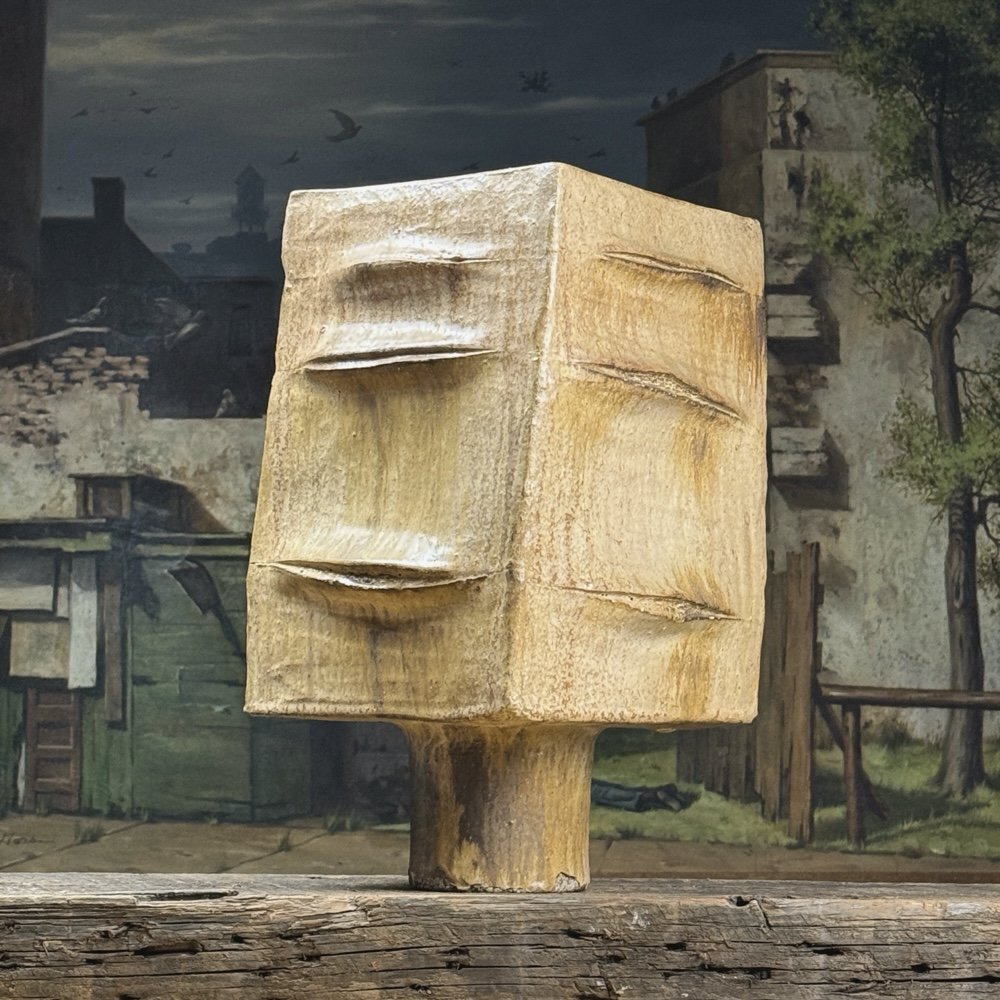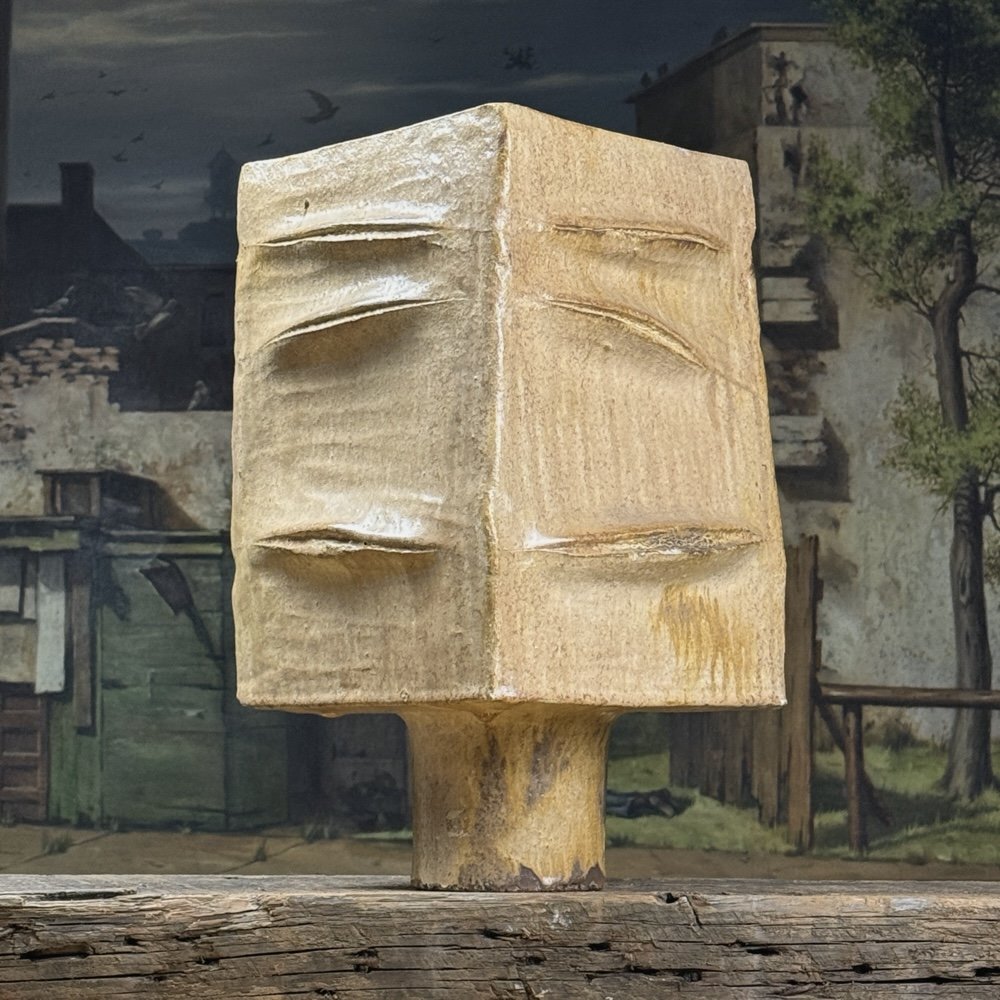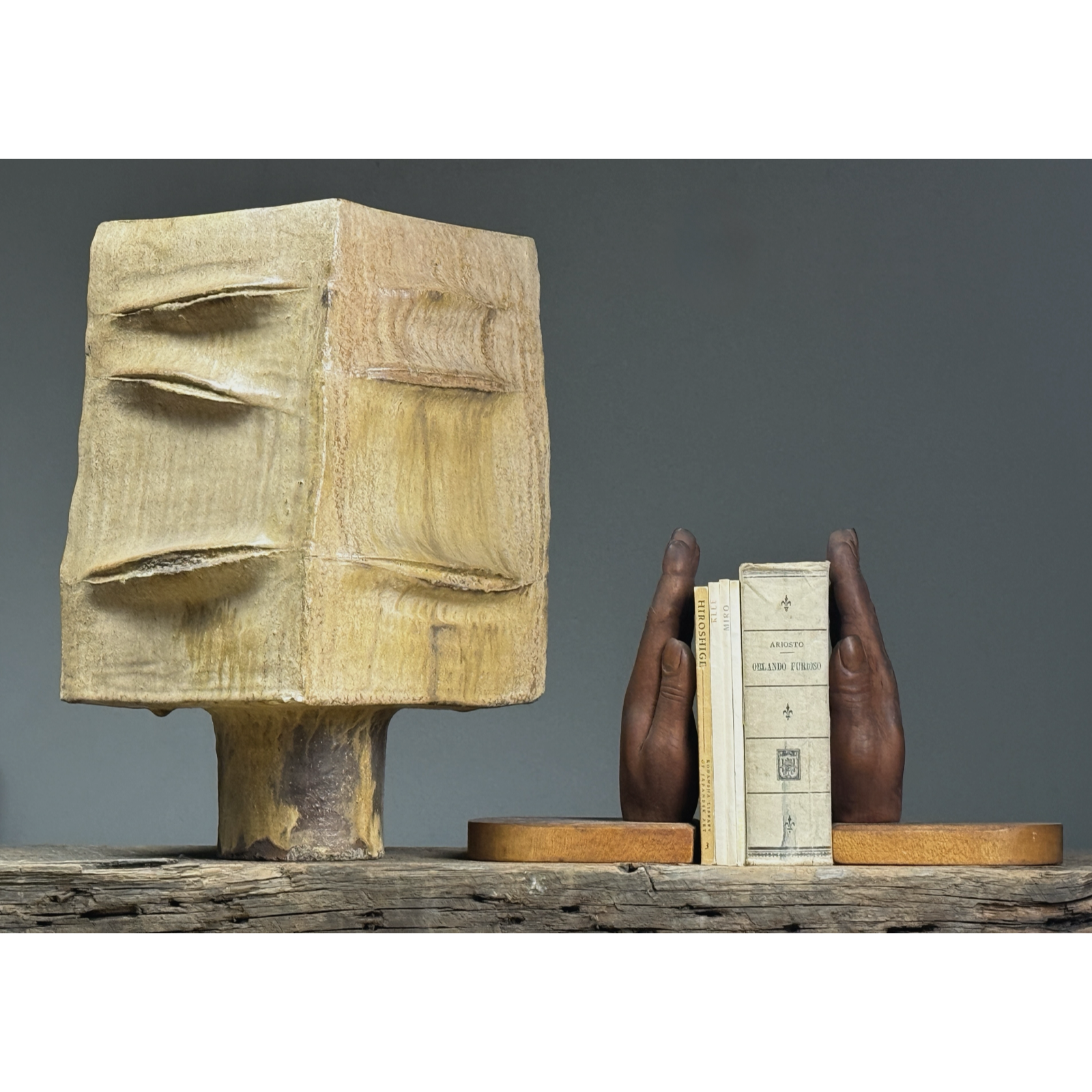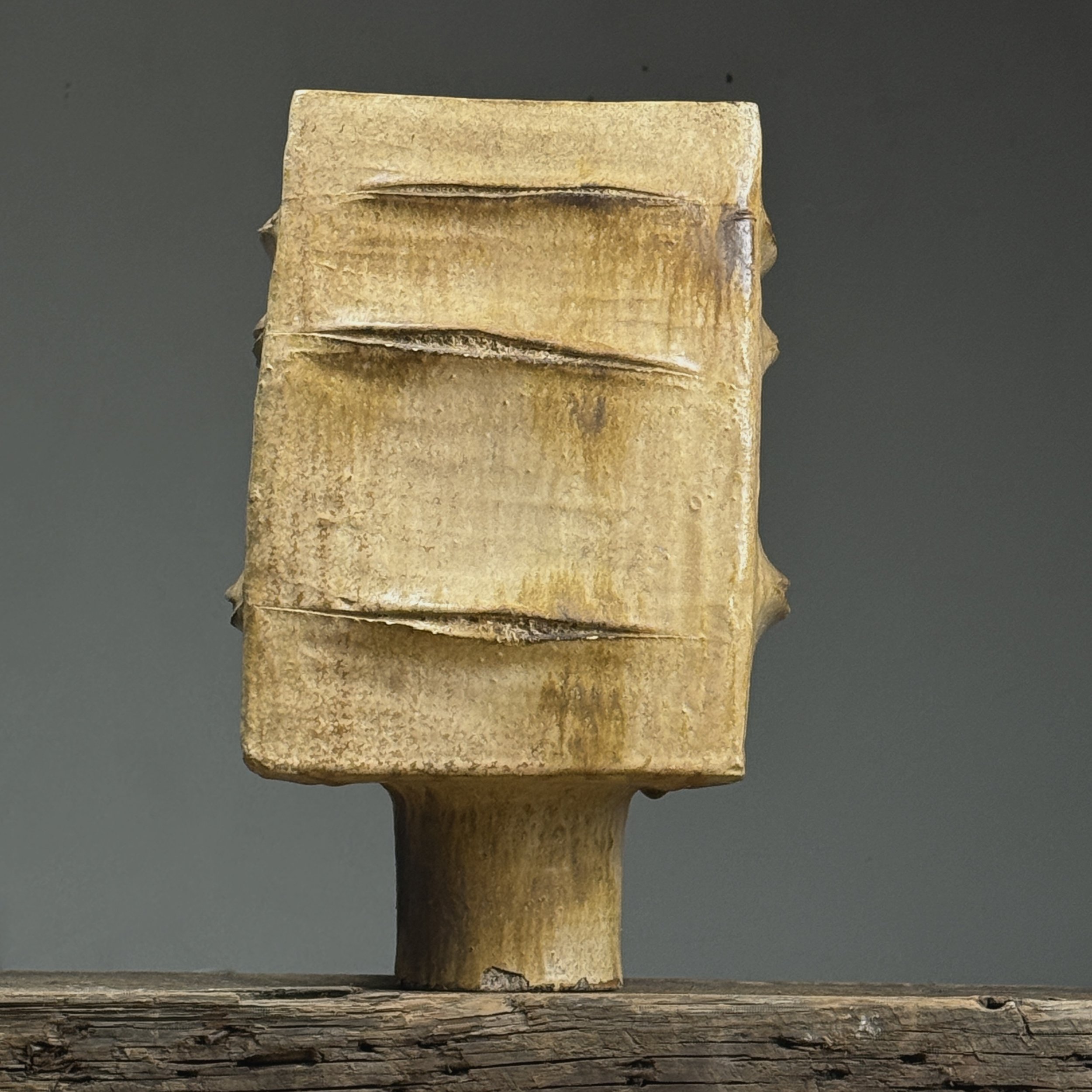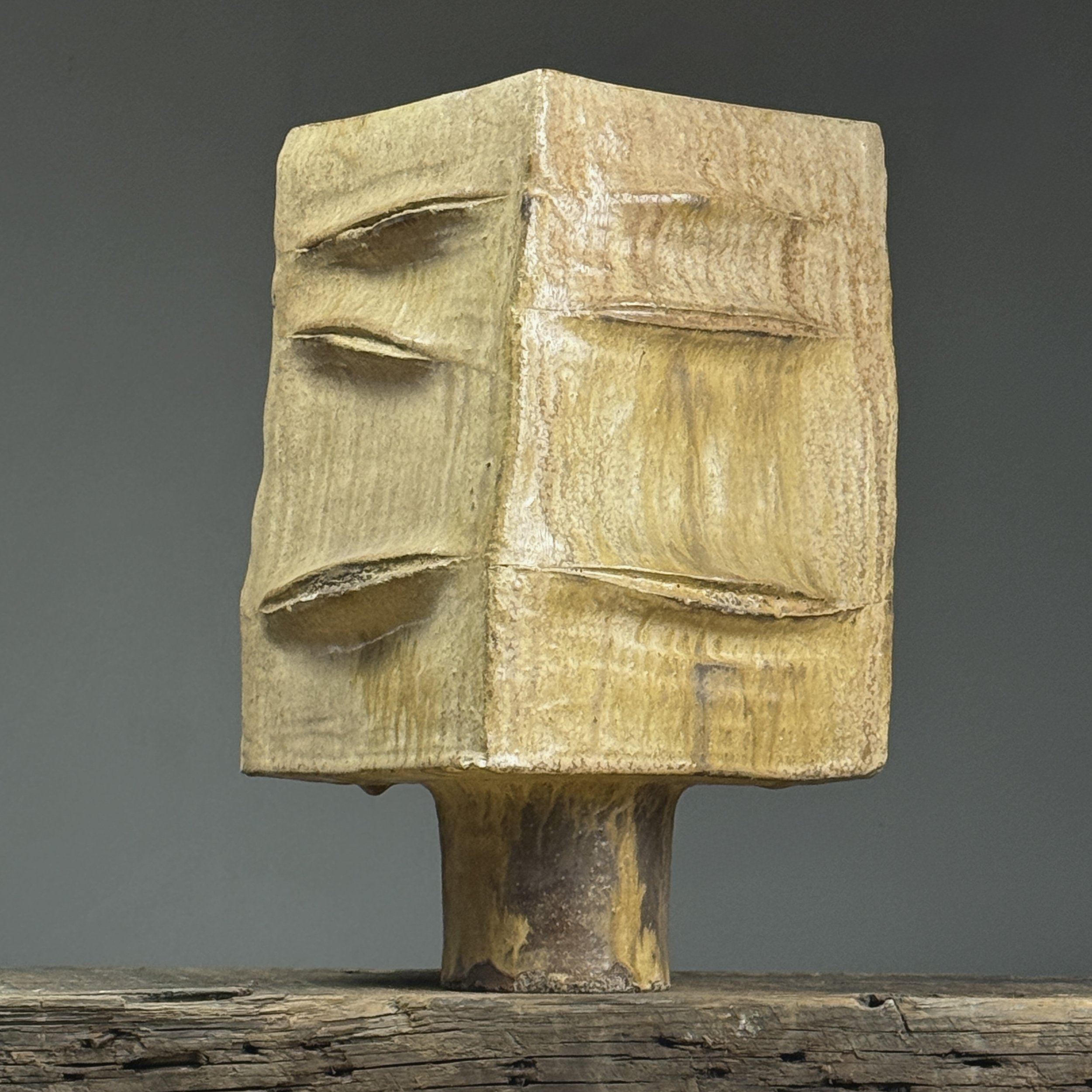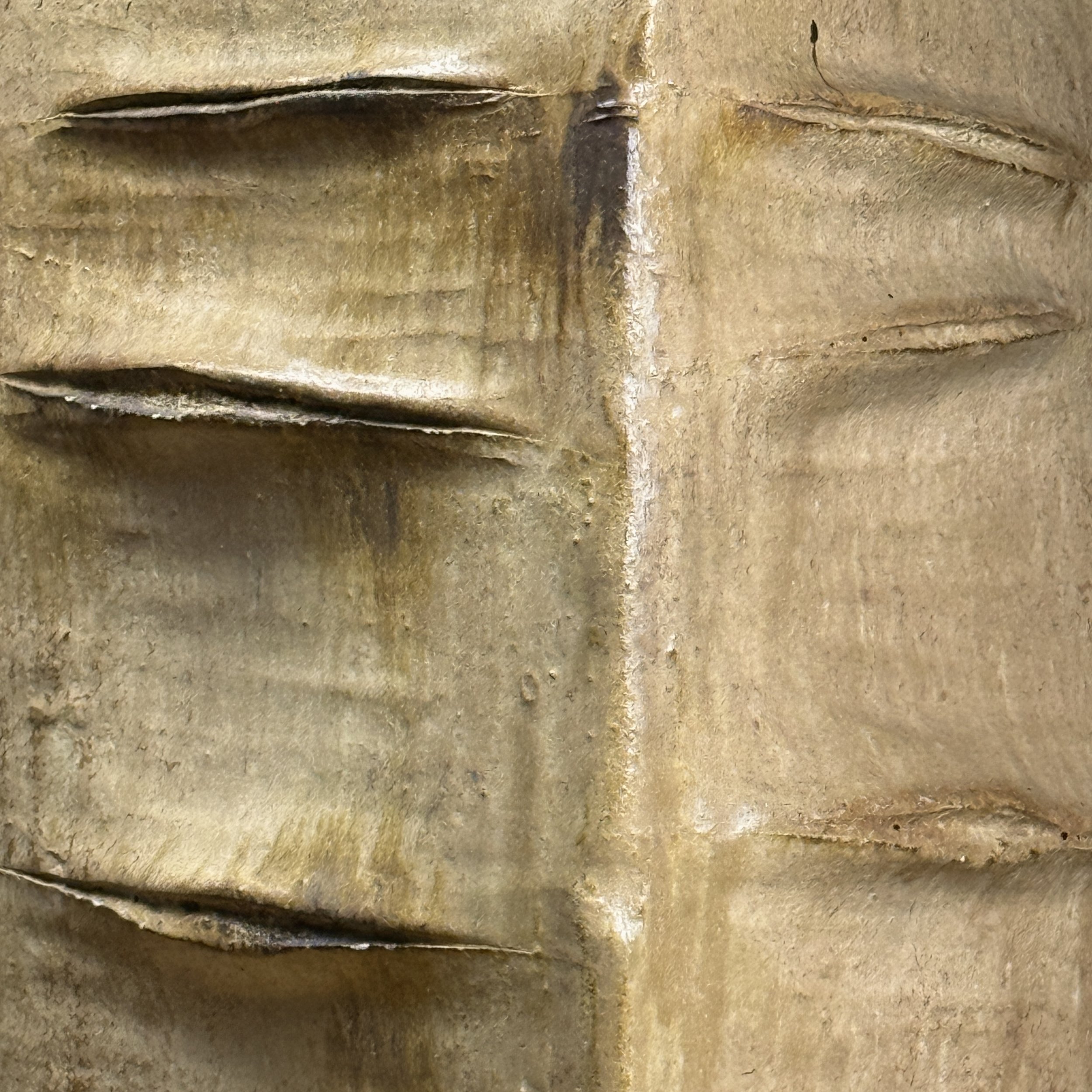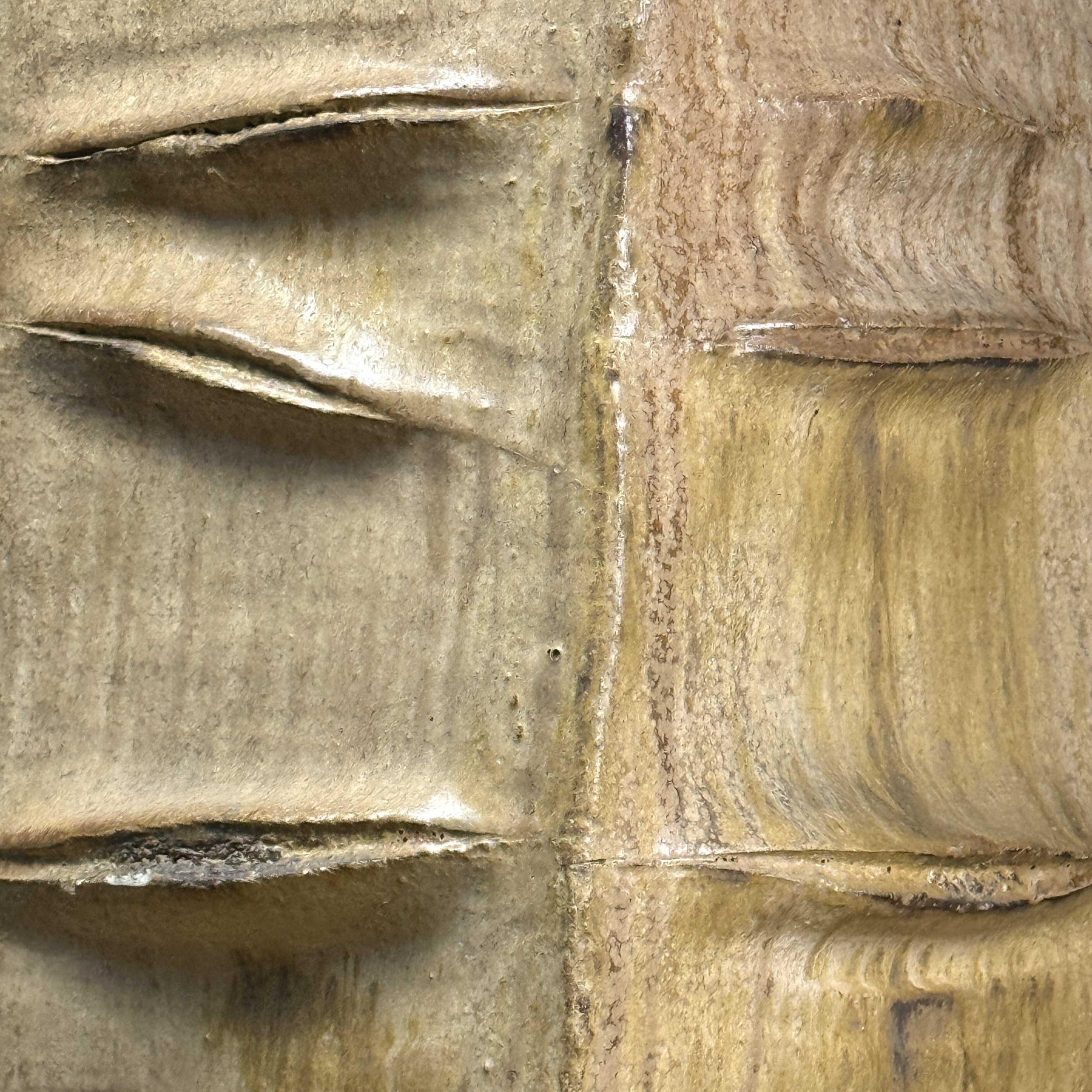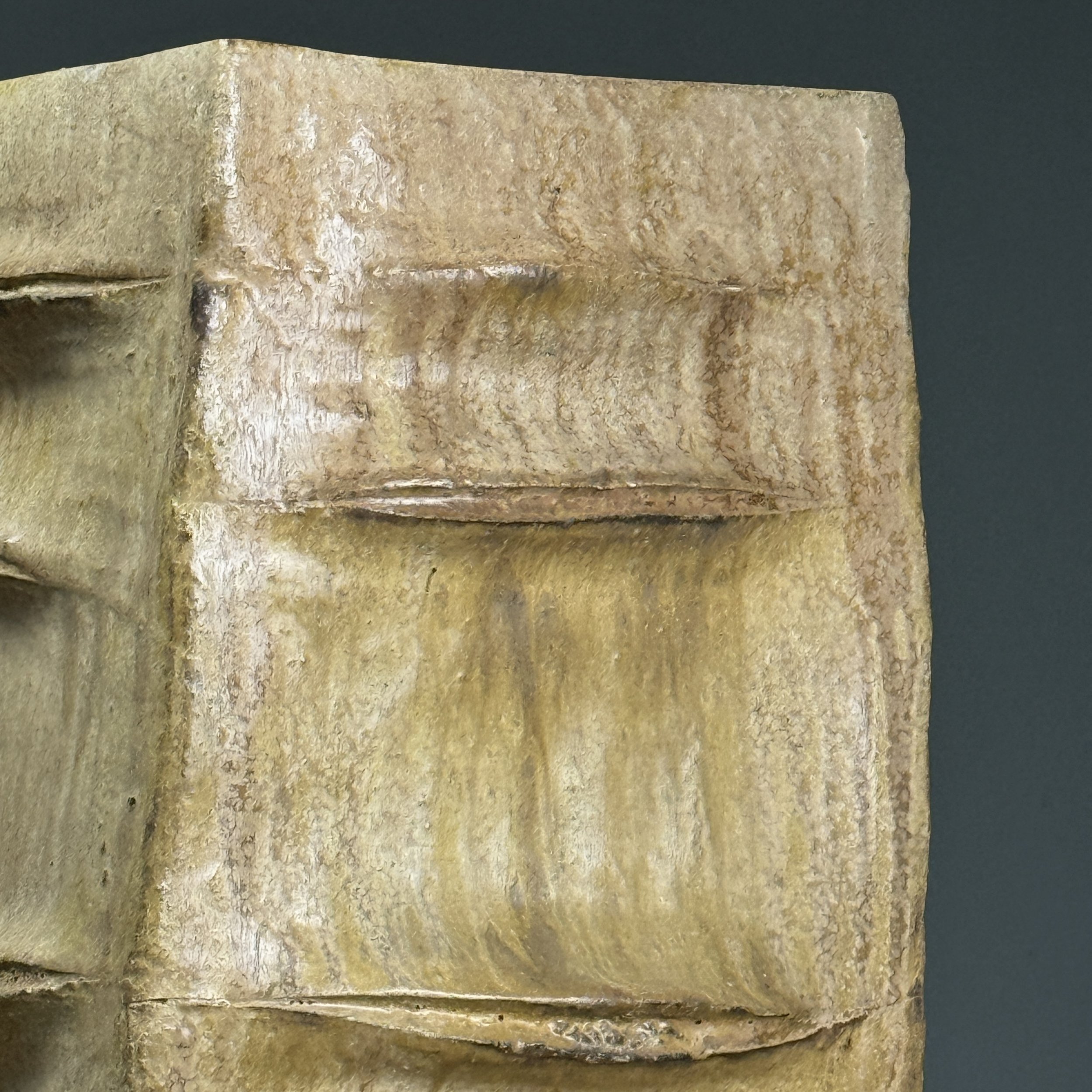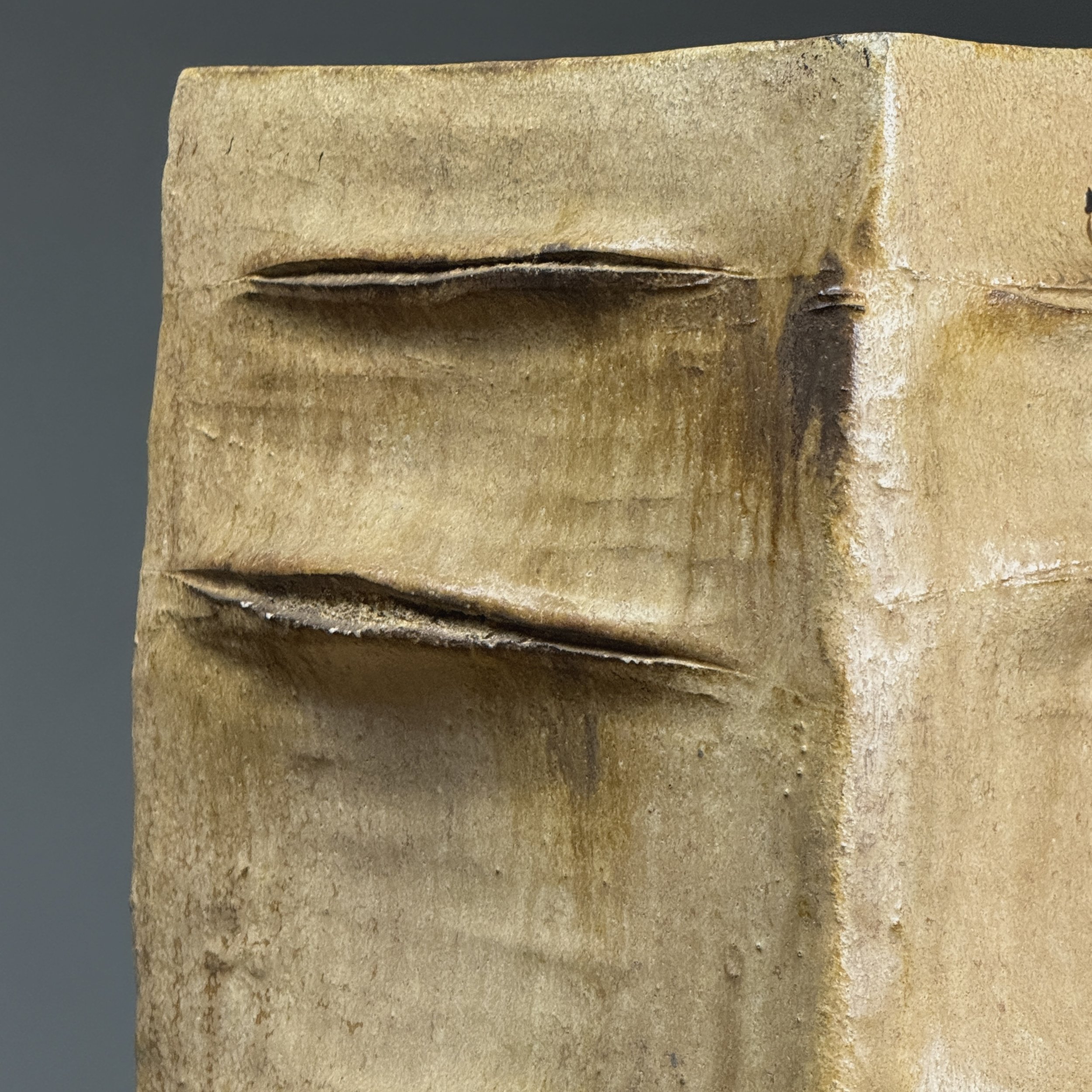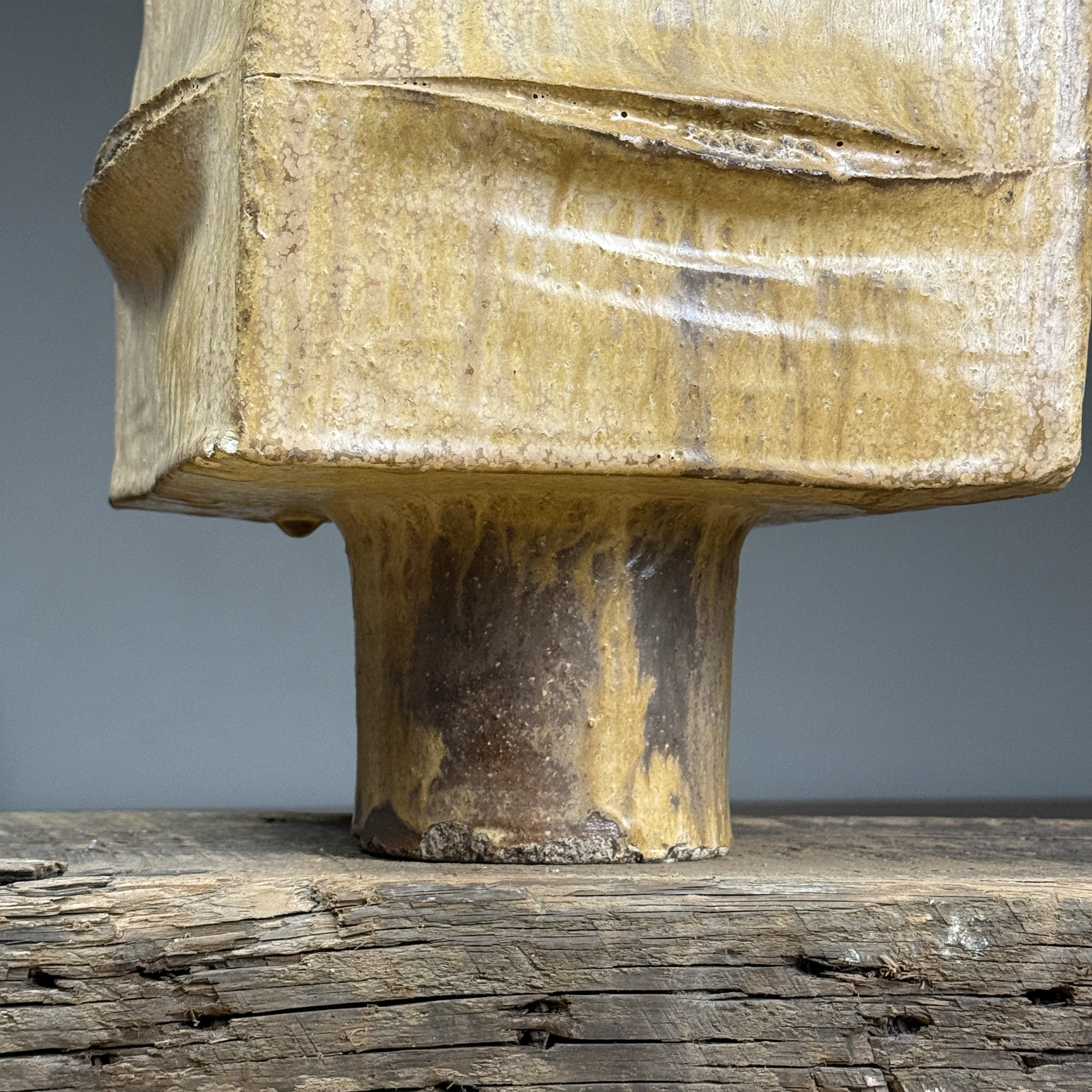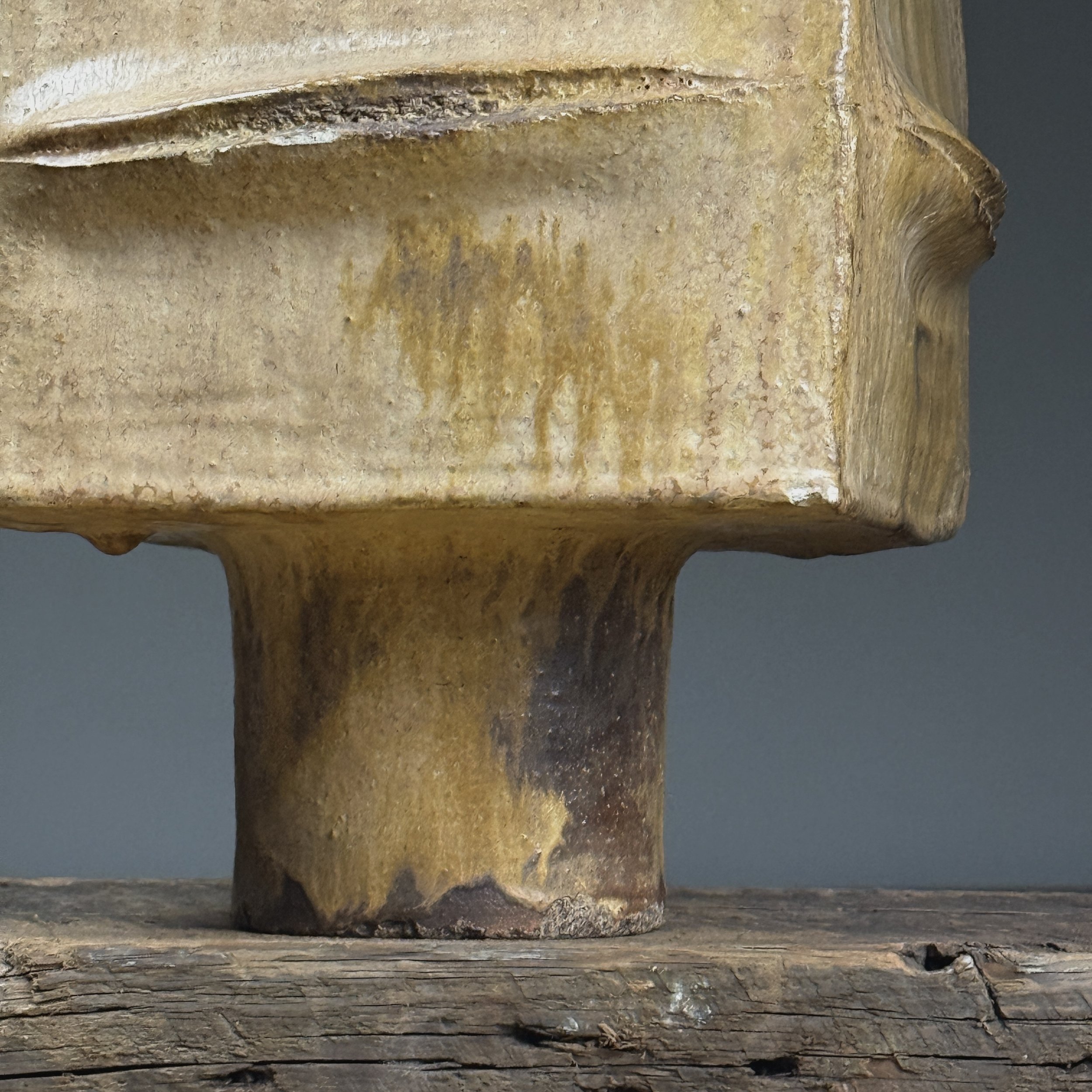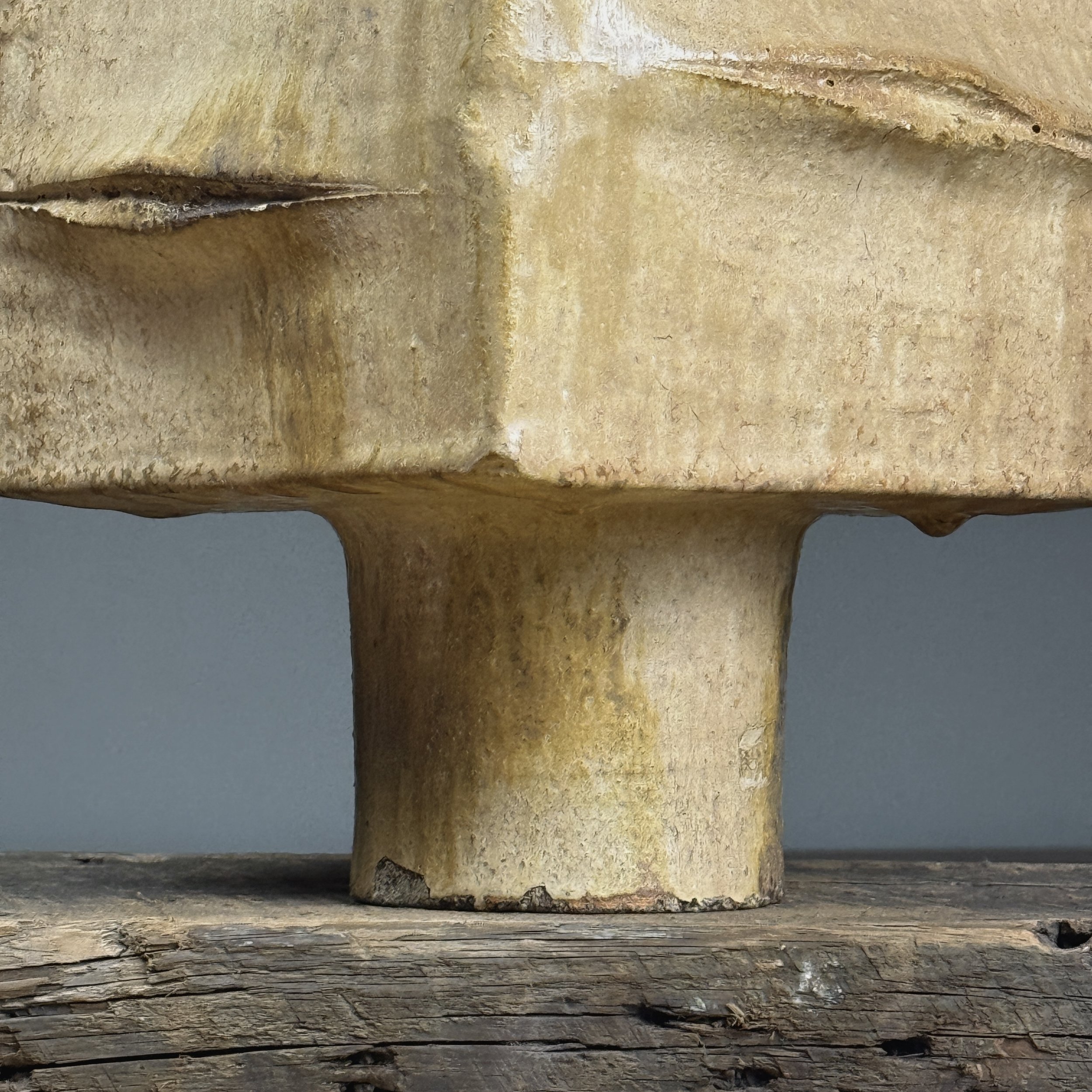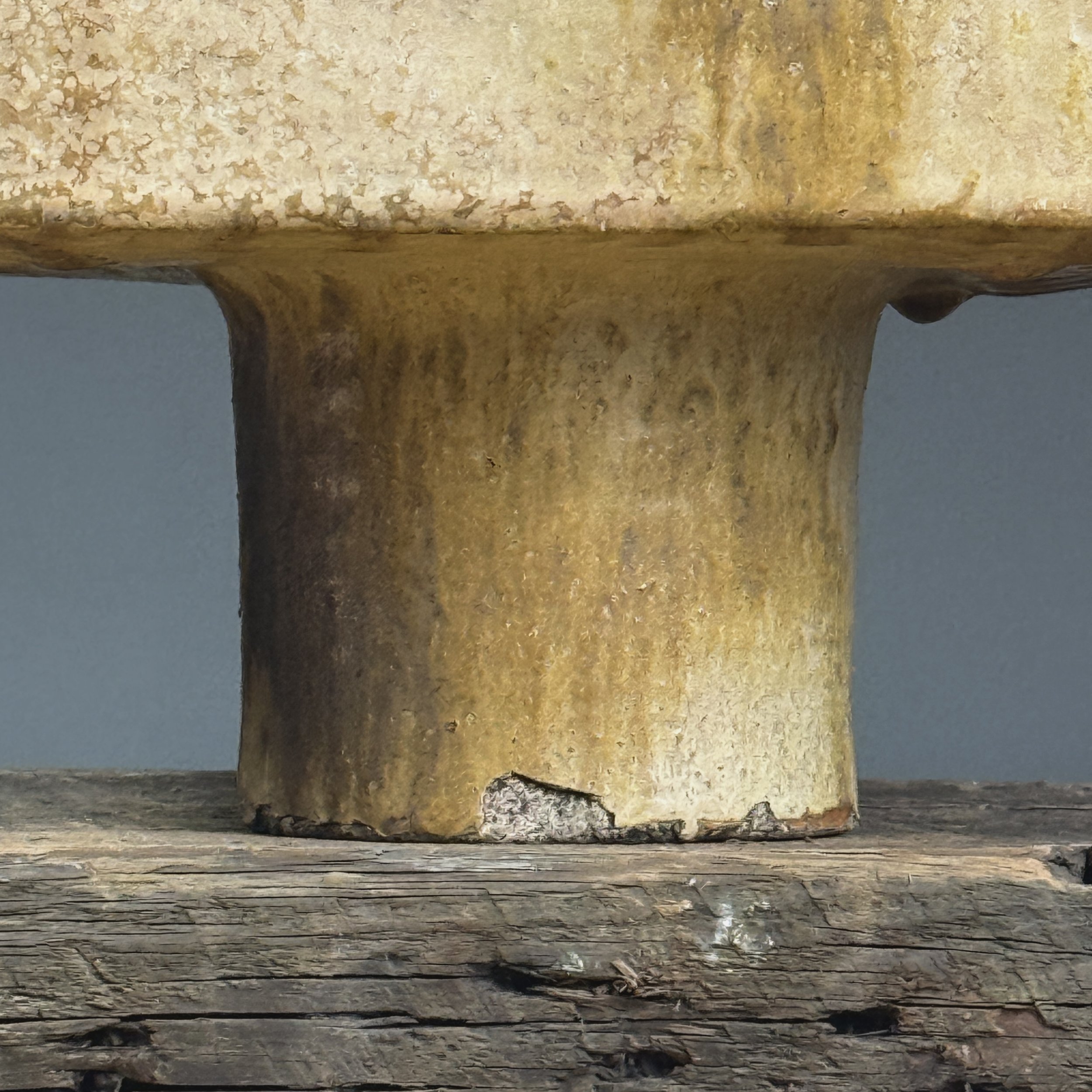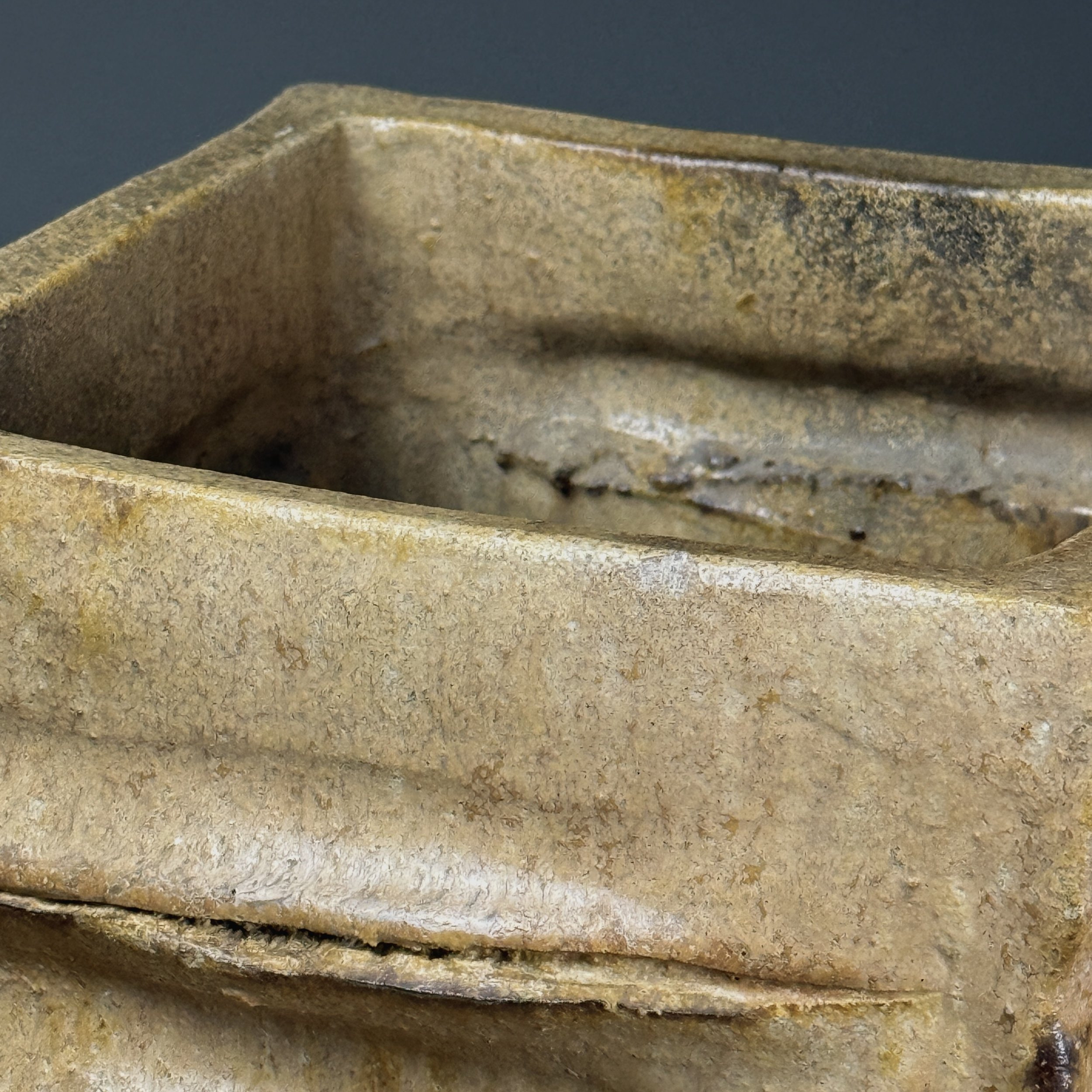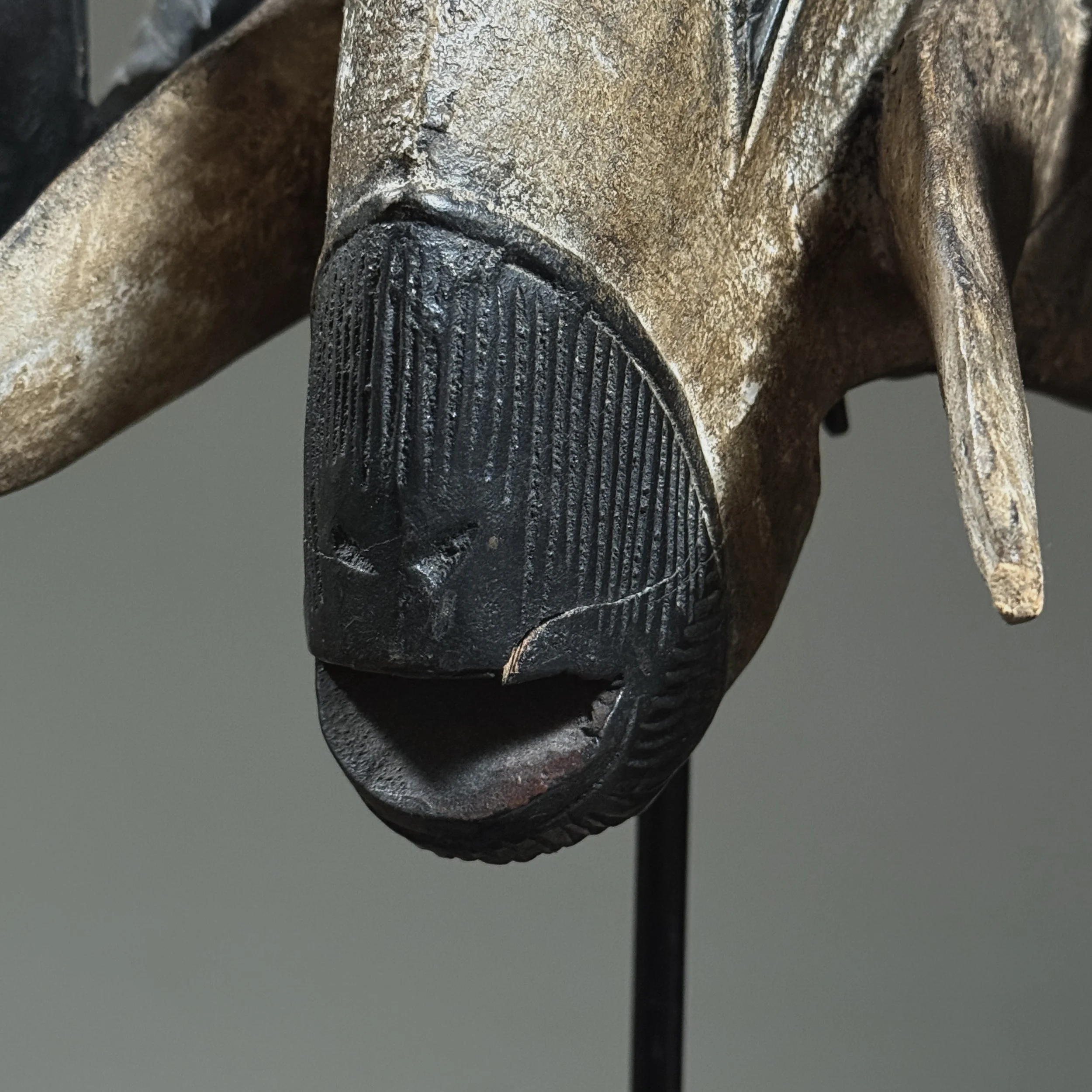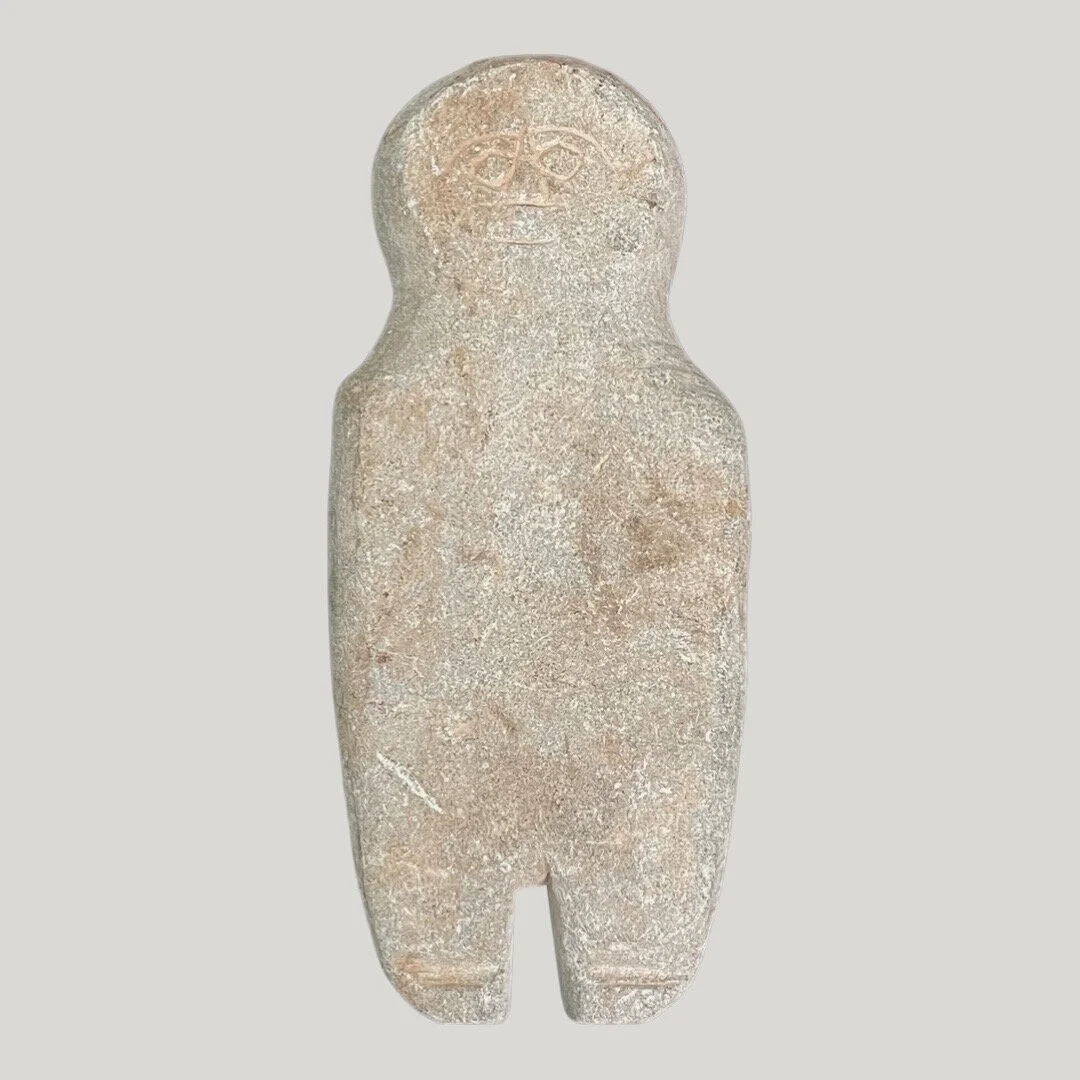 Image 1 of 8
Image 1 of 8

 Image 2 of 8
Image 2 of 8

 Image 3 of 8
Image 3 of 8

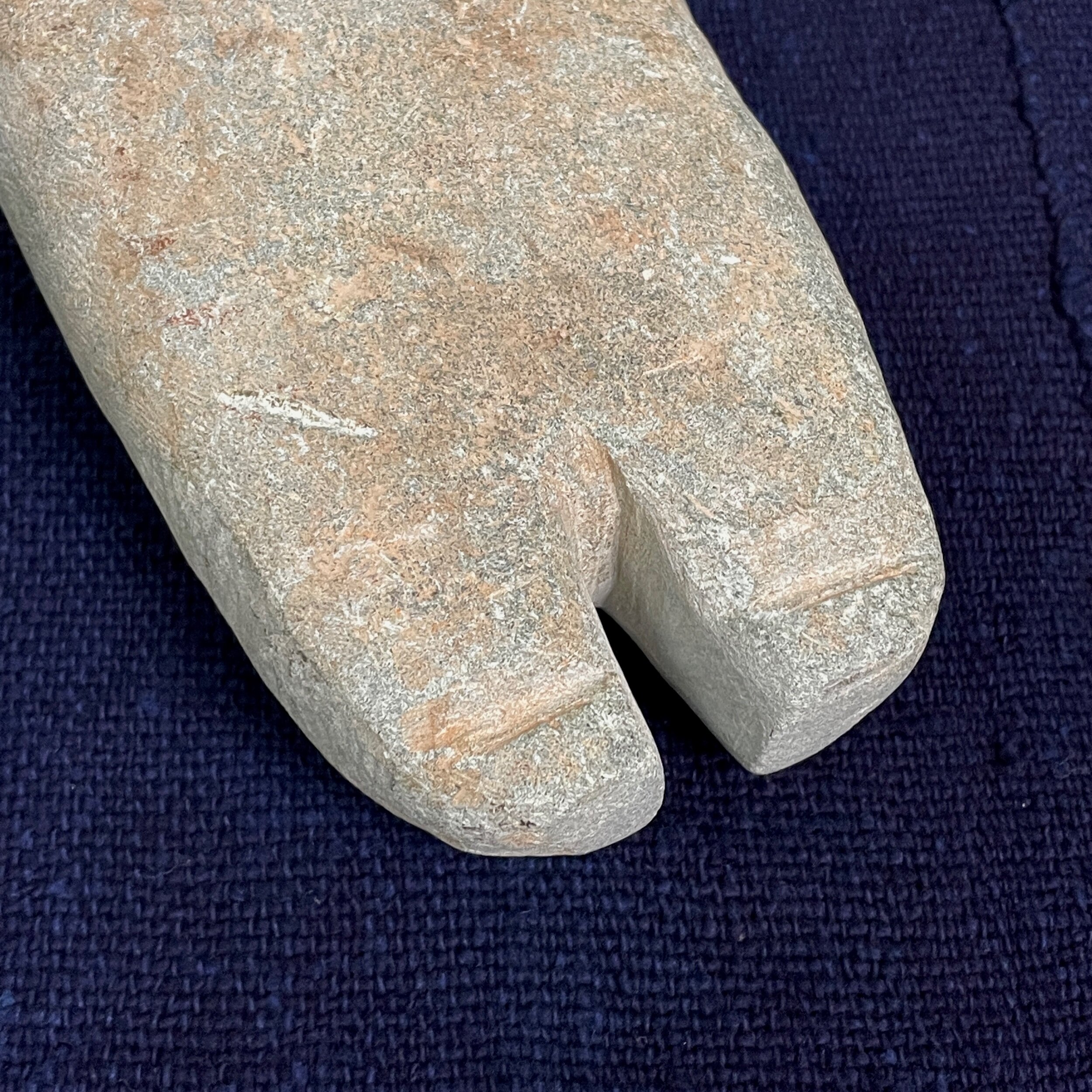 Image 4 of 8
Image 4 of 8

 Image 5 of 8
Image 5 of 8

 Image 6 of 8
Image 6 of 8

 Image 7 of 8
Image 7 of 8

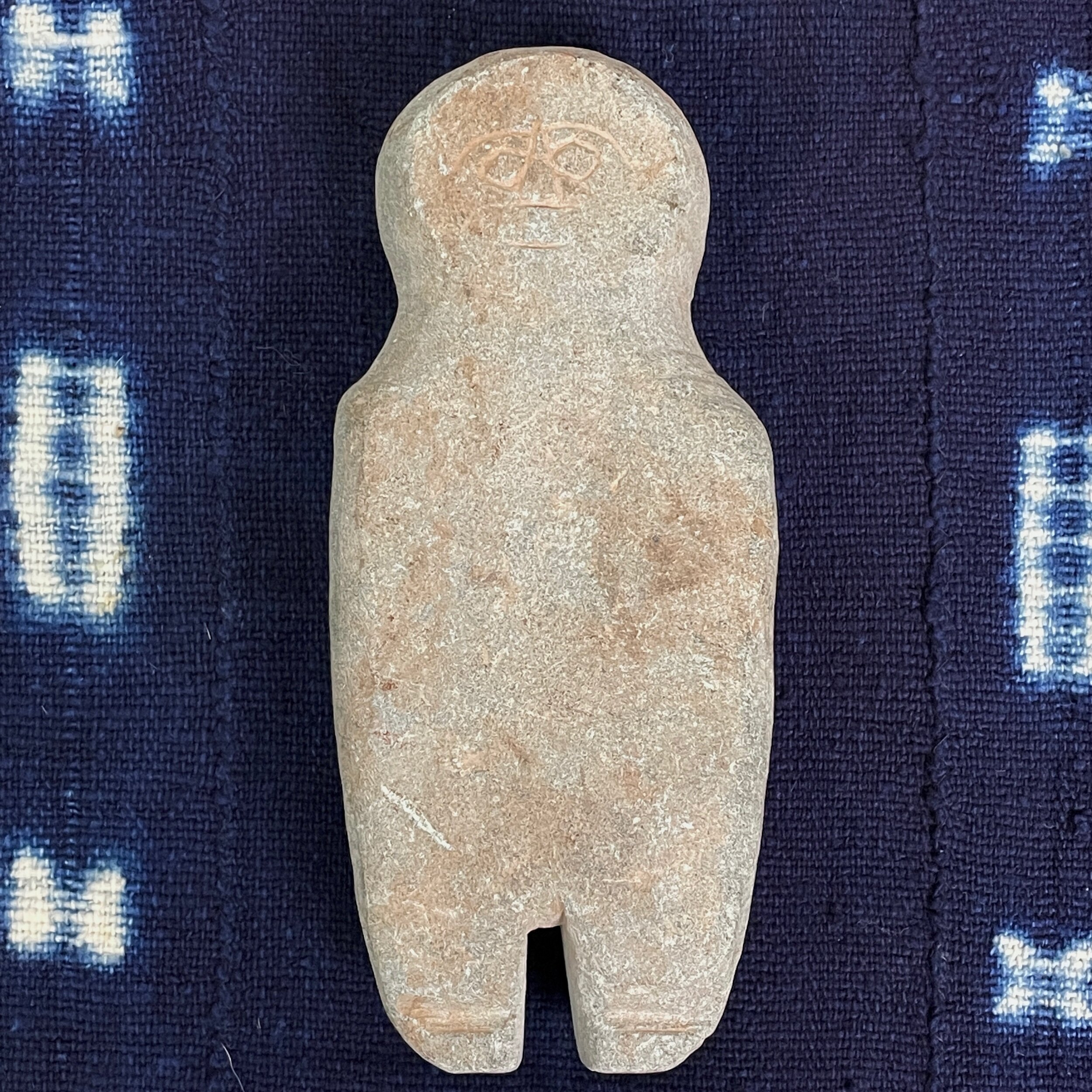 Image 8 of 8
Image 8 of 8









Antique African Kissi Hand Carved Anthropomorphic Soapstone Pombo Statue
Antique Kissi Hand Carved Anthropomorphic Soapstone Pombo Statue. In good condition with wear consistent with age and material. This sculpture does not stand up, it is meant to be laid flat.
Size: 8” x 4” x 2”
Provenance: Yuri Raskin
The Kissi number 140,000 and inhabit a bordering region of Guinea and Sierra Leone. Essentially farmers, their daily life is organized around the cultivation of rice, in addition to manioc and cotton. Villages of about 150 people are situated in clearings. The Kissi revere soapstone (steatite) anthropomorphic carvings, which are found in fields and rivers in the area centered around Sewa and Mano rivers. The Kissi people call them pomdo (pombo), which mean "the deceased". Some of these carvings are extremely old. These statues were the abodes of the spirits of their ancestors. In order to find out which ancestor a statue represented, a man’s dreams were analyzed with the help of the diviner. At festivities the statue was wrapped in cotton upon which sacrificial blood had been poured. The owner (the guardian of the statue) placed it on the family altar; hence it was thought to be the family’s protector against sickness. It was also consulted before a new undertaking was planned. The statues were believed to have supernatural power and were used in rice cultivation. Remarkably, the descendants of the Kissi people still keep up the tradition of stone carving.
Antique Kissi Hand Carved Anthropomorphic Soapstone Pombo Statue. In good condition with wear consistent with age and material. This sculpture does not stand up, it is meant to be laid flat.
Size: 8” x 4” x 2”
Provenance: Yuri Raskin
The Kissi number 140,000 and inhabit a bordering region of Guinea and Sierra Leone. Essentially farmers, their daily life is organized around the cultivation of rice, in addition to manioc and cotton. Villages of about 150 people are situated in clearings. The Kissi revere soapstone (steatite) anthropomorphic carvings, which are found in fields and rivers in the area centered around Sewa and Mano rivers. The Kissi people call them pomdo (pombo), which mean "the deceased". Some of these carvings are extremely old. These statues were the abodes of the spirits of their ancestors. In order to find out which ancestor a statue represented, a man’s dreams were analyzed with the help of the diviner. At festivities the statue was wrapped in cotton upon which sacrificial blood had been poured. The owner (the guardian of the statue) placed it on the family altar; hence it was thought to be the family’s protector against sickness. It was also consulted before a new undertaking was planned. The statues were believed to have supernatural power and were used in rice cultivation. Remarkably, the descendants of the Kissi people still keep up the tradition of stone carving.






